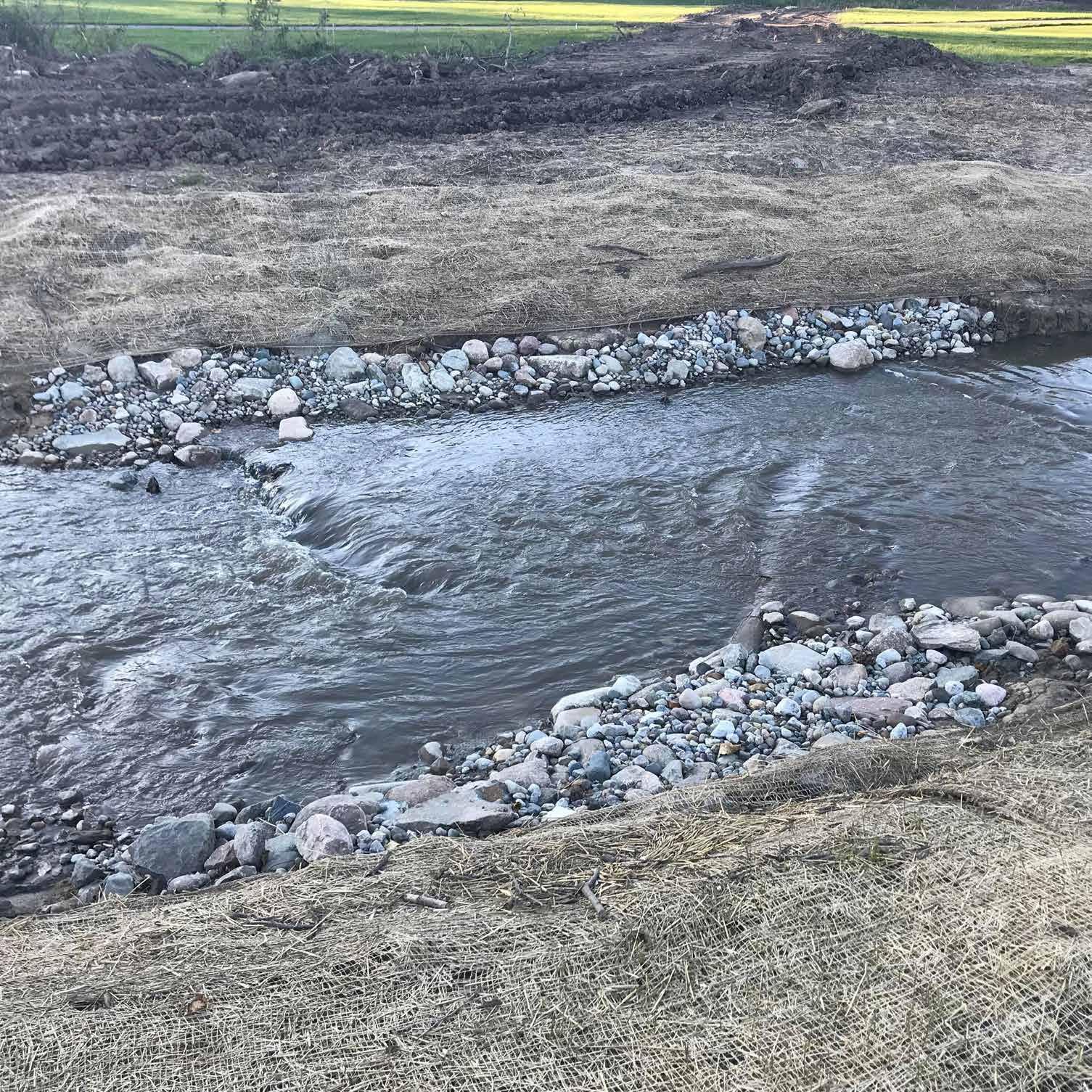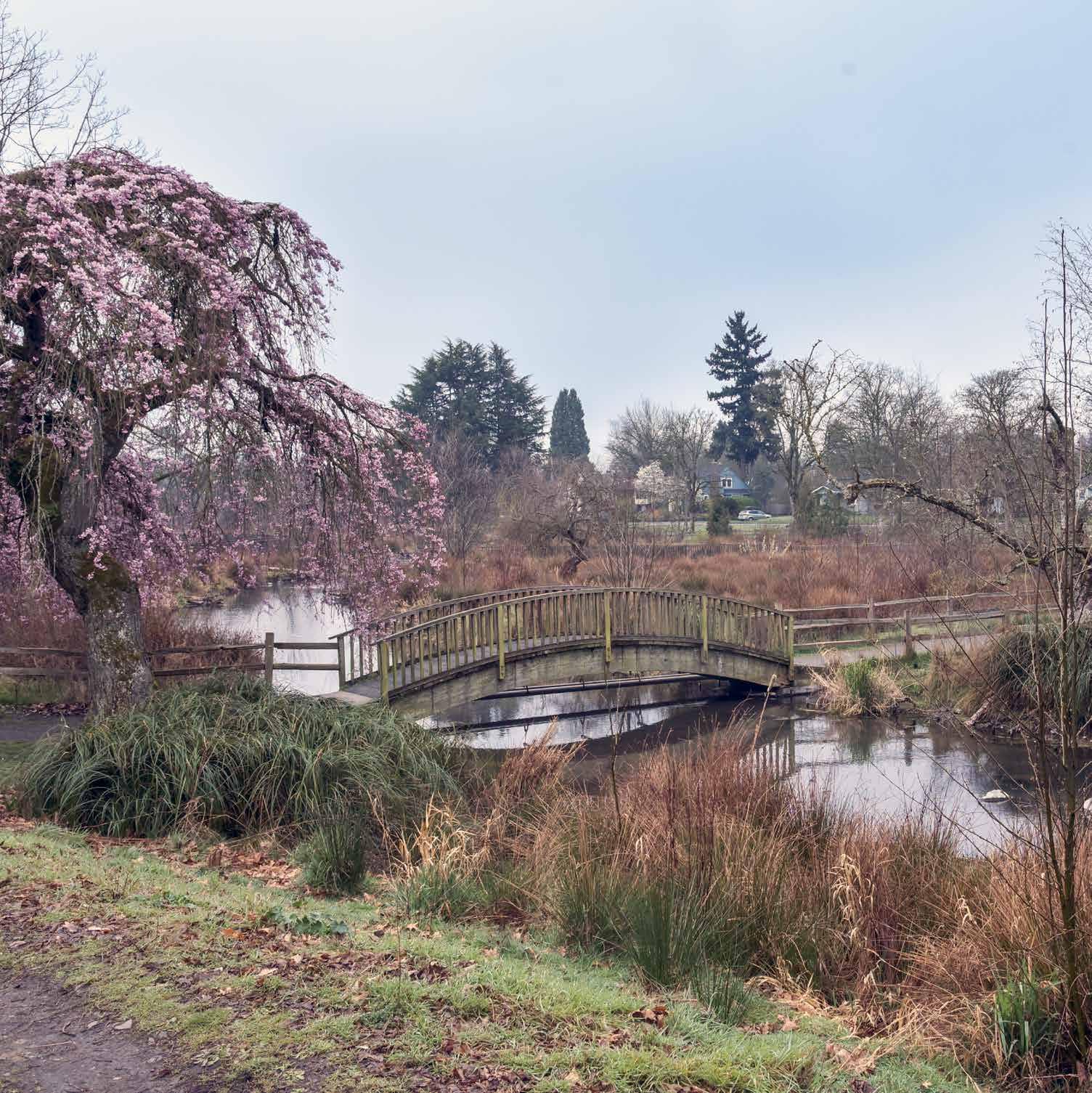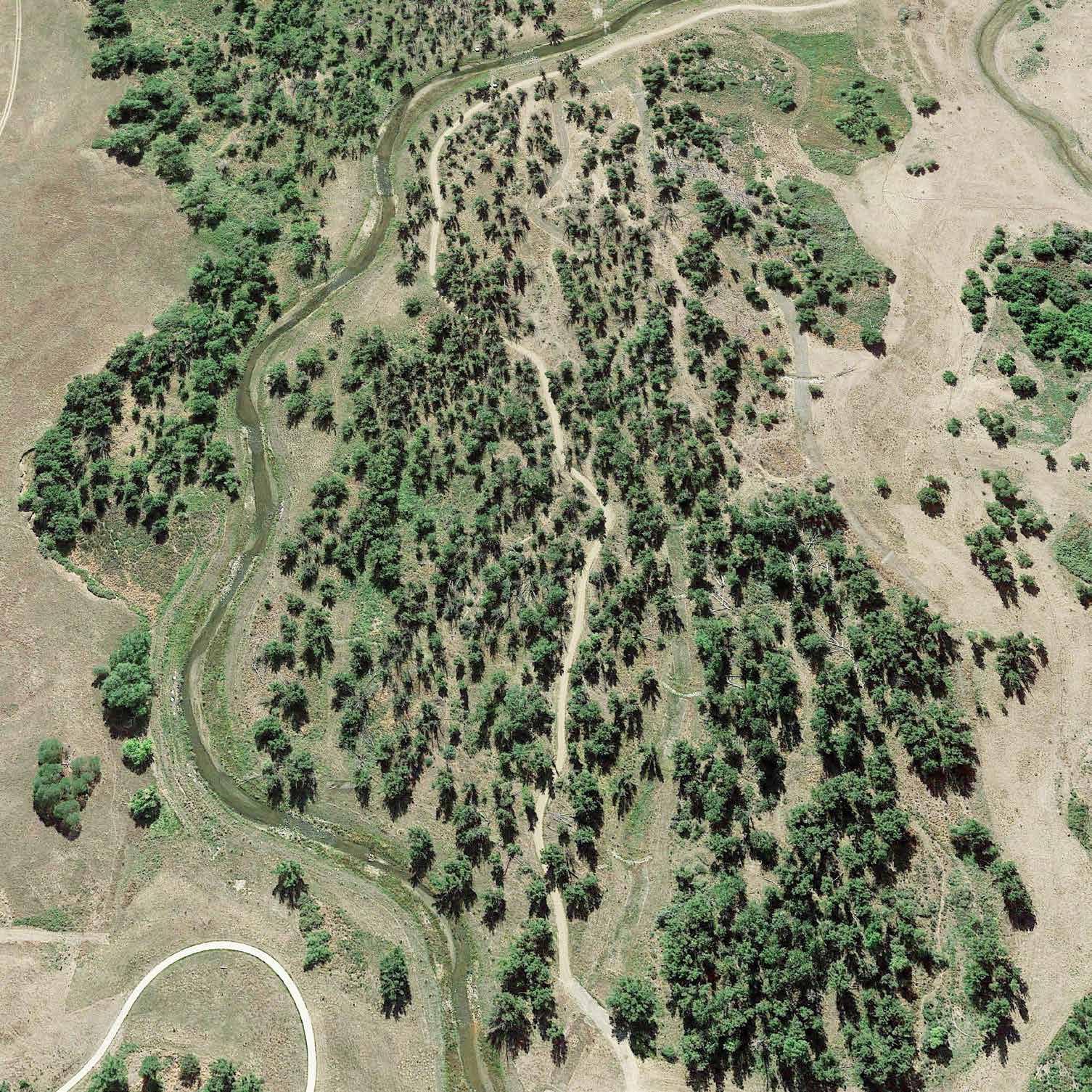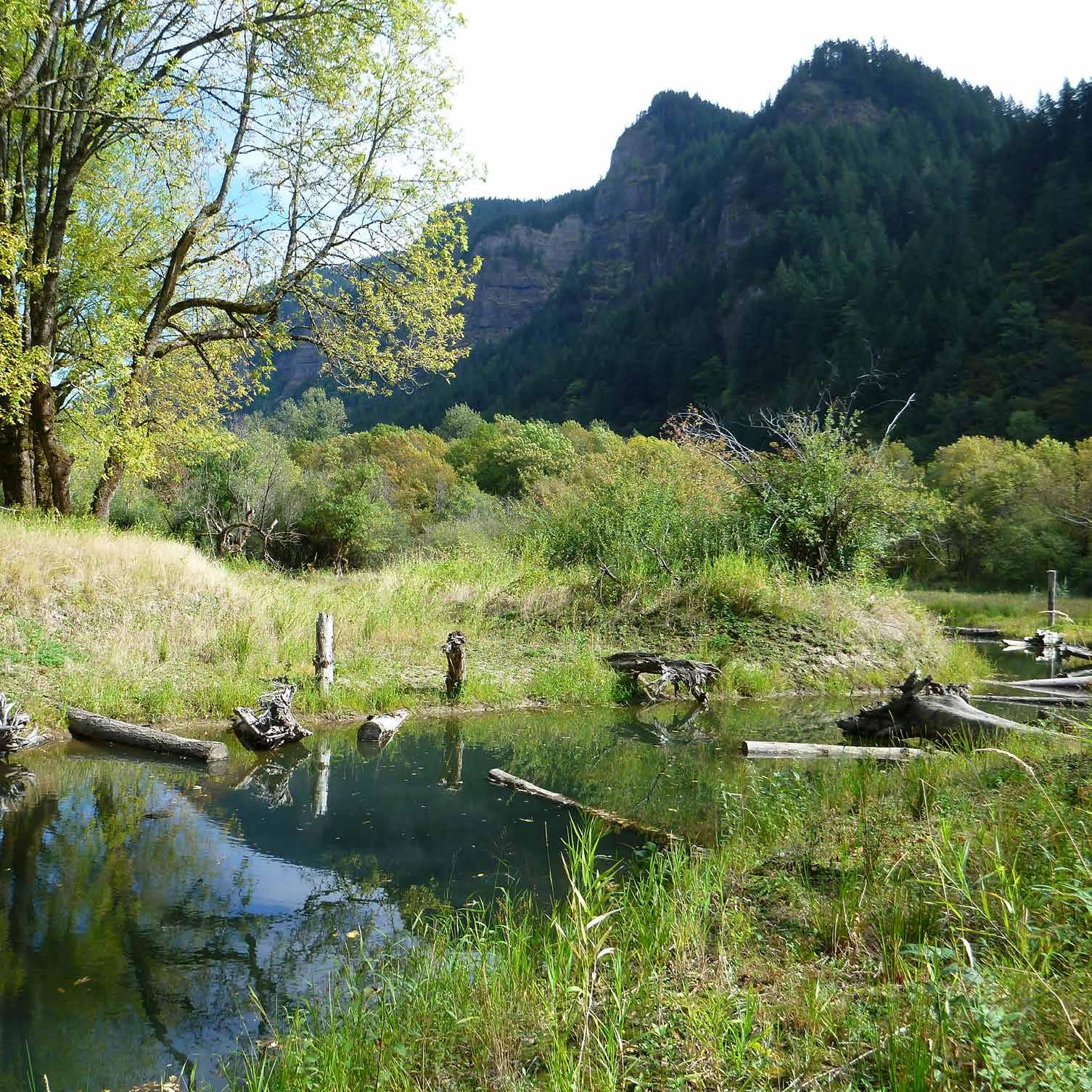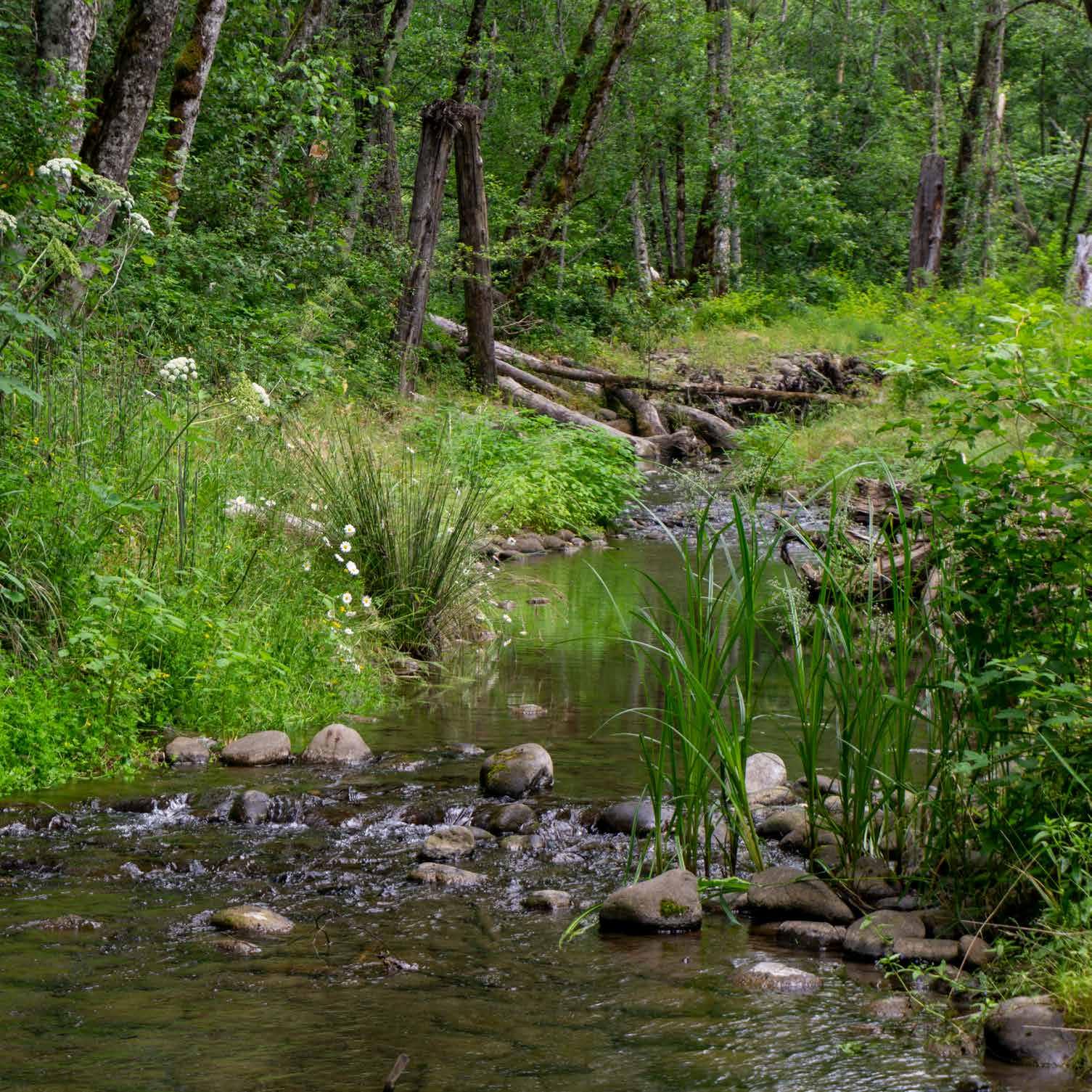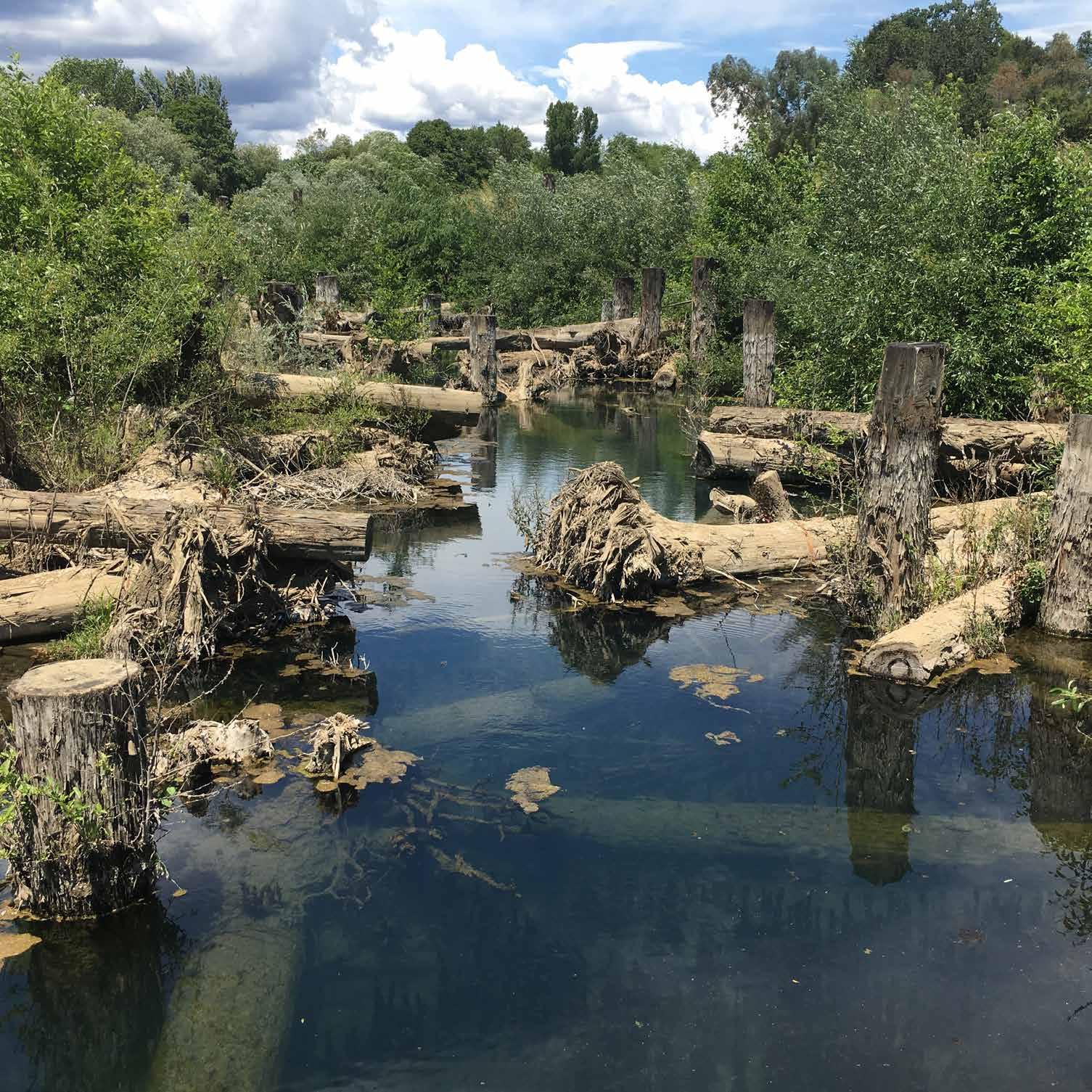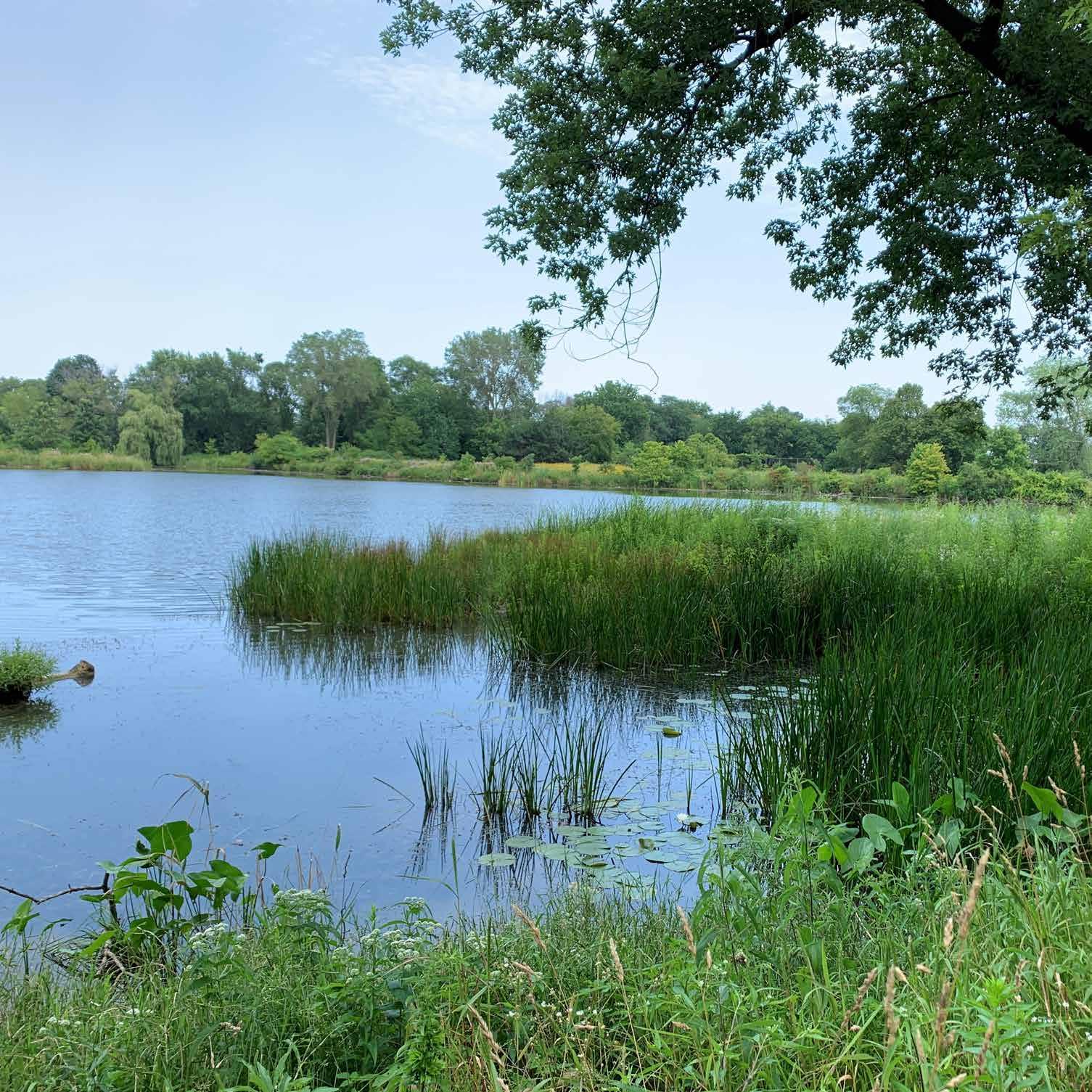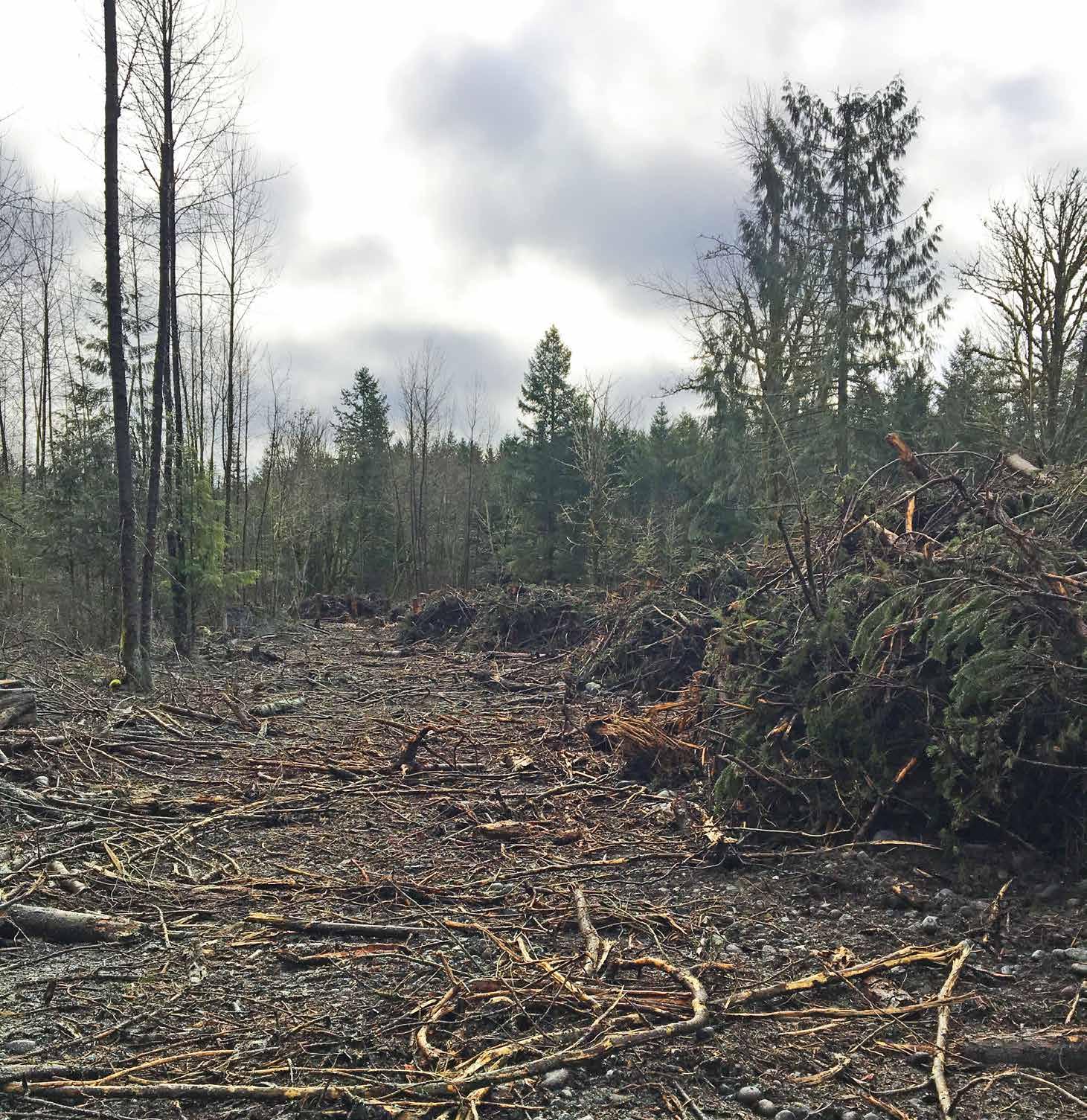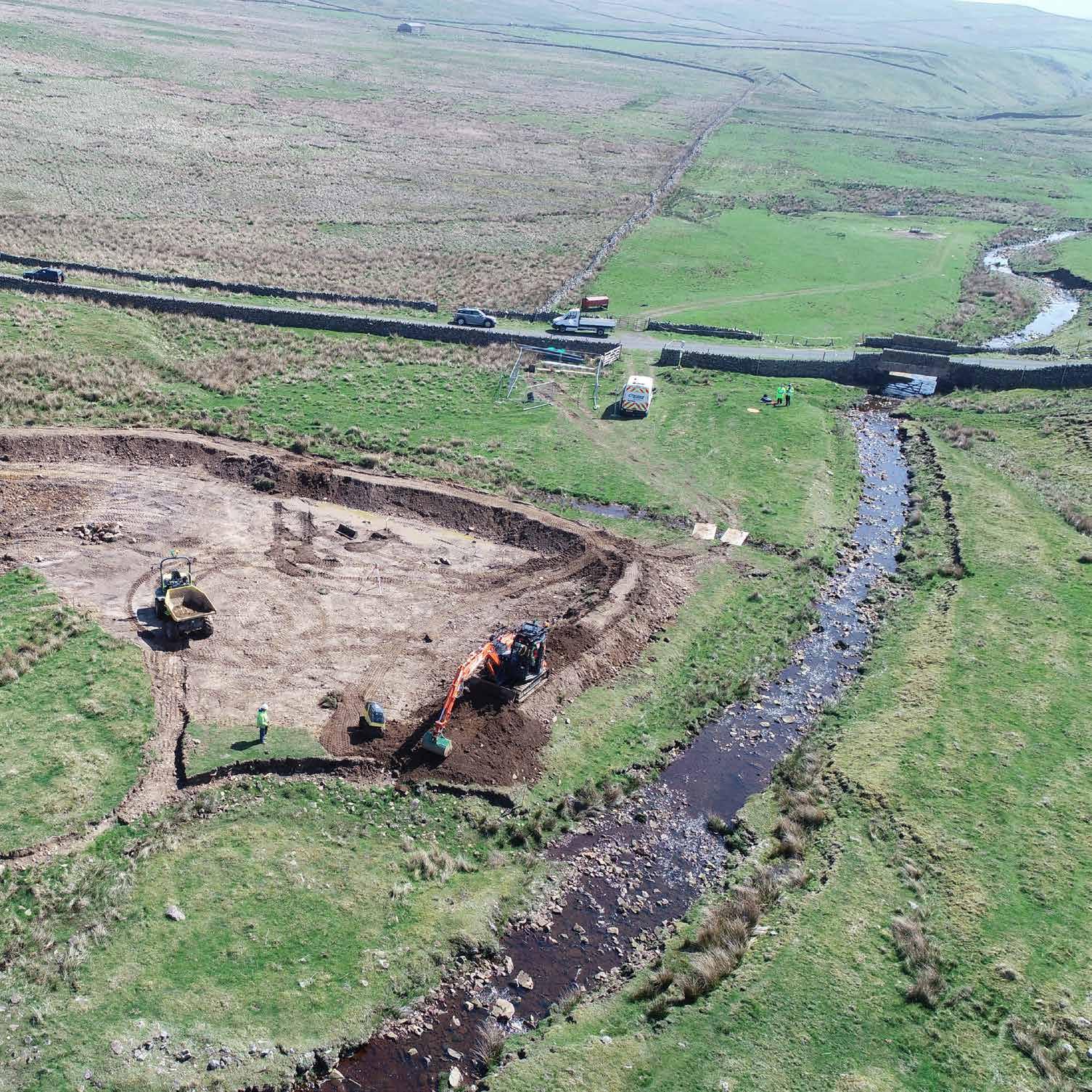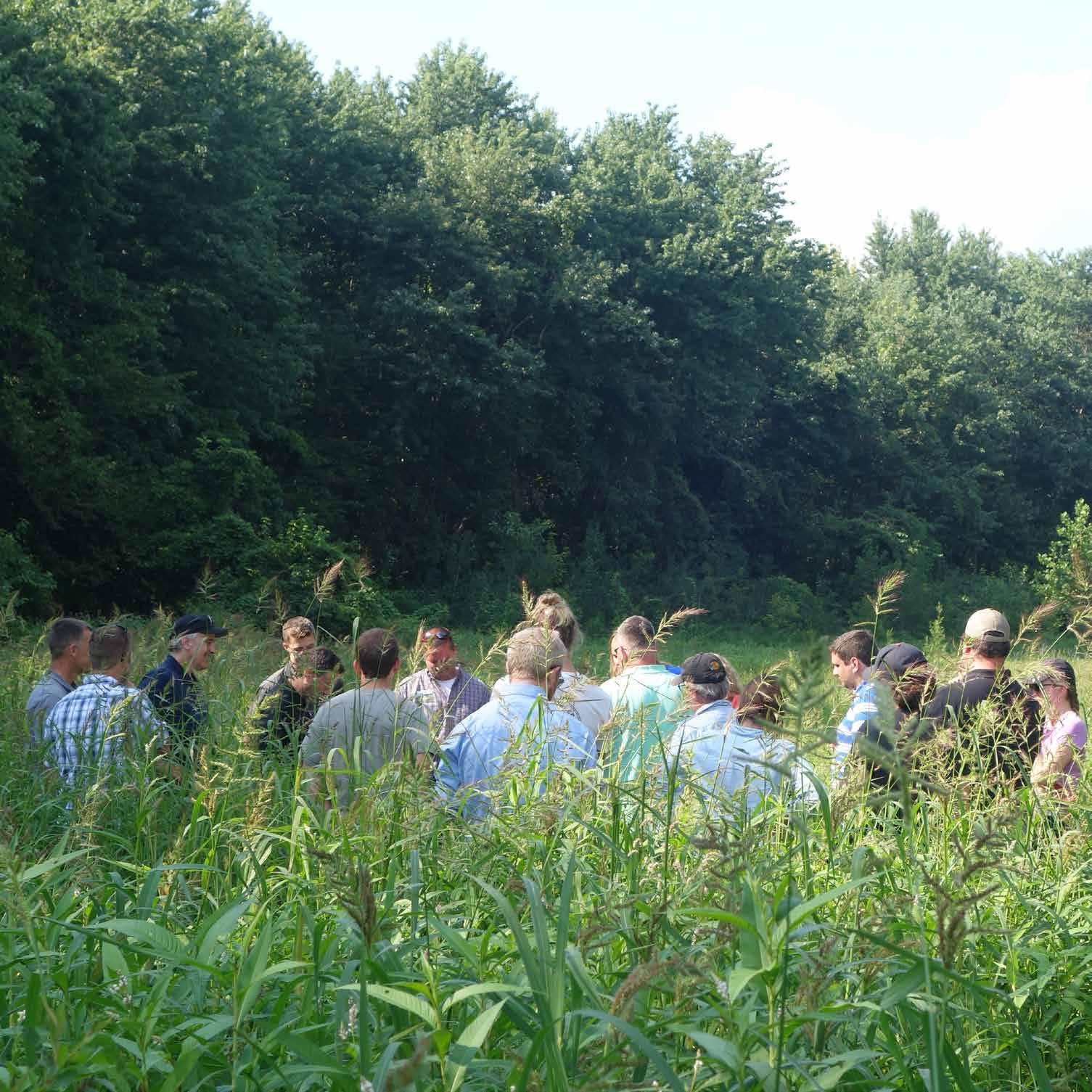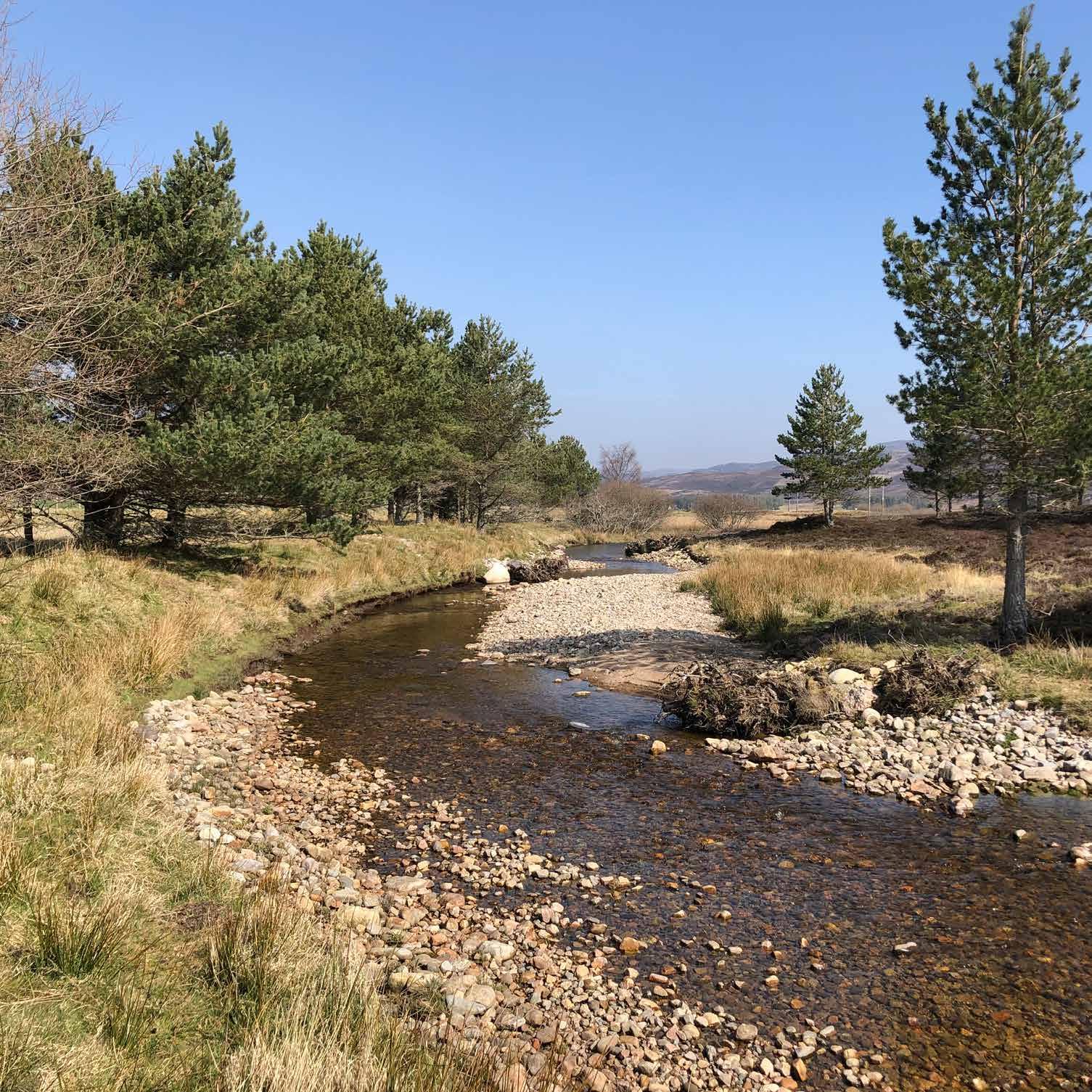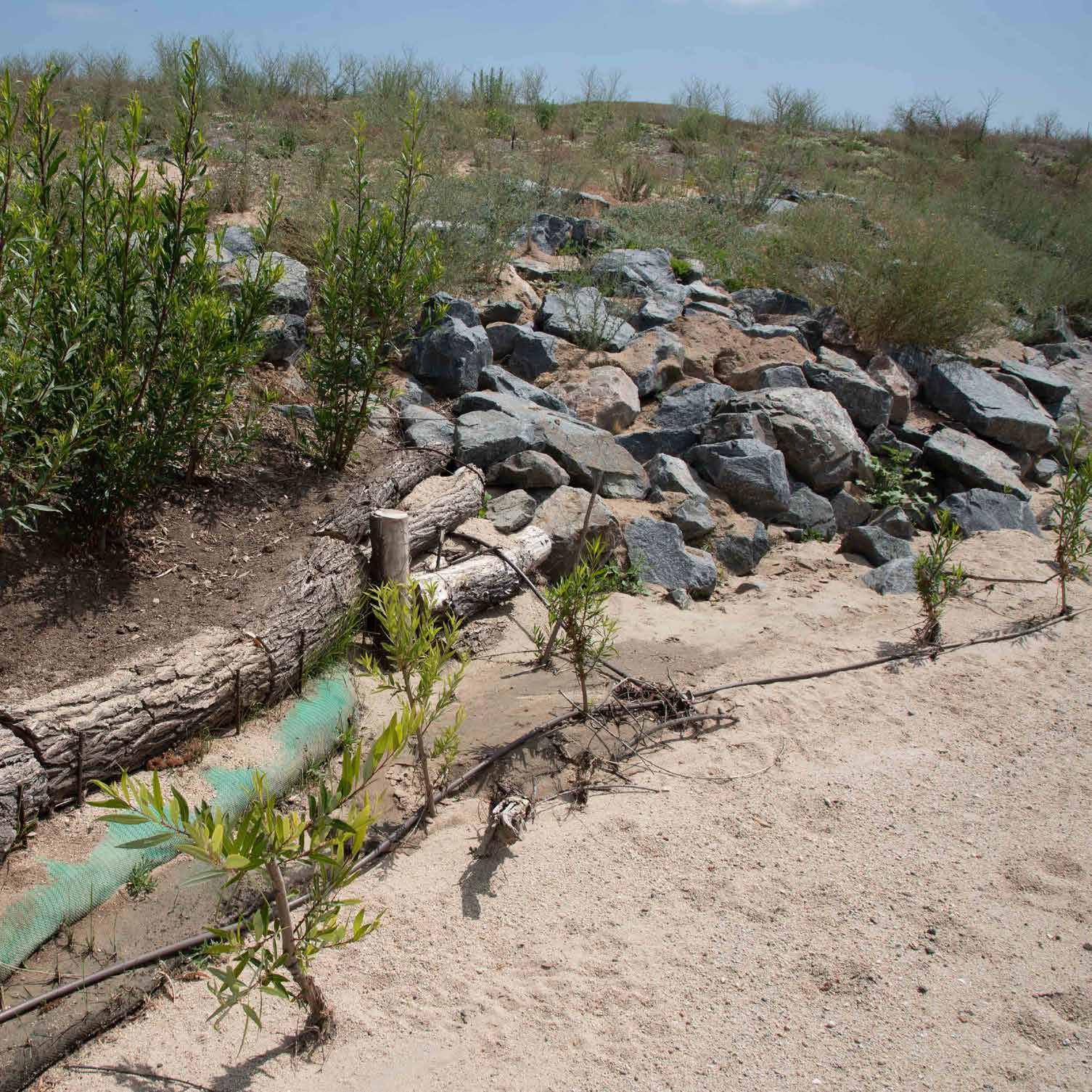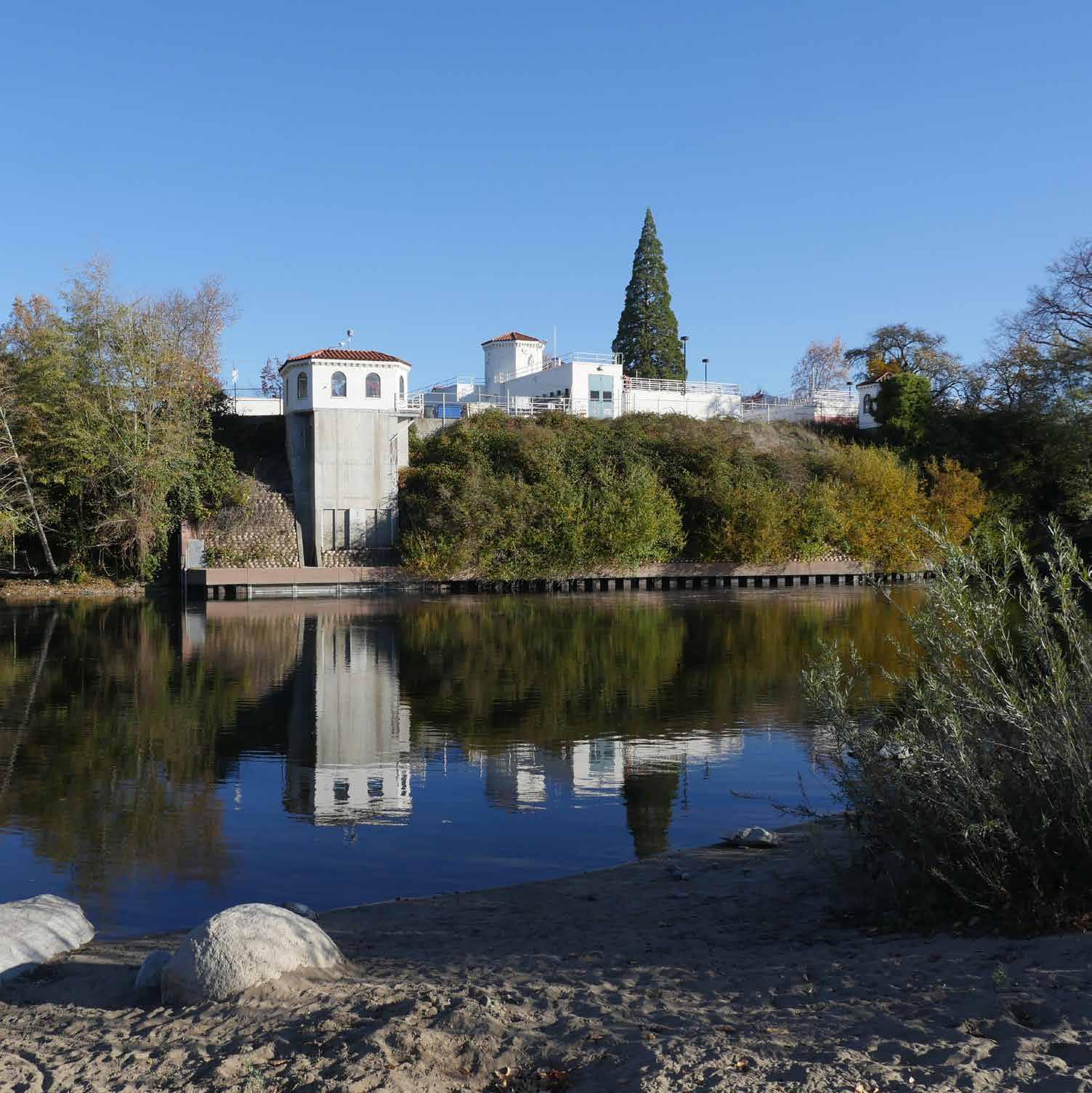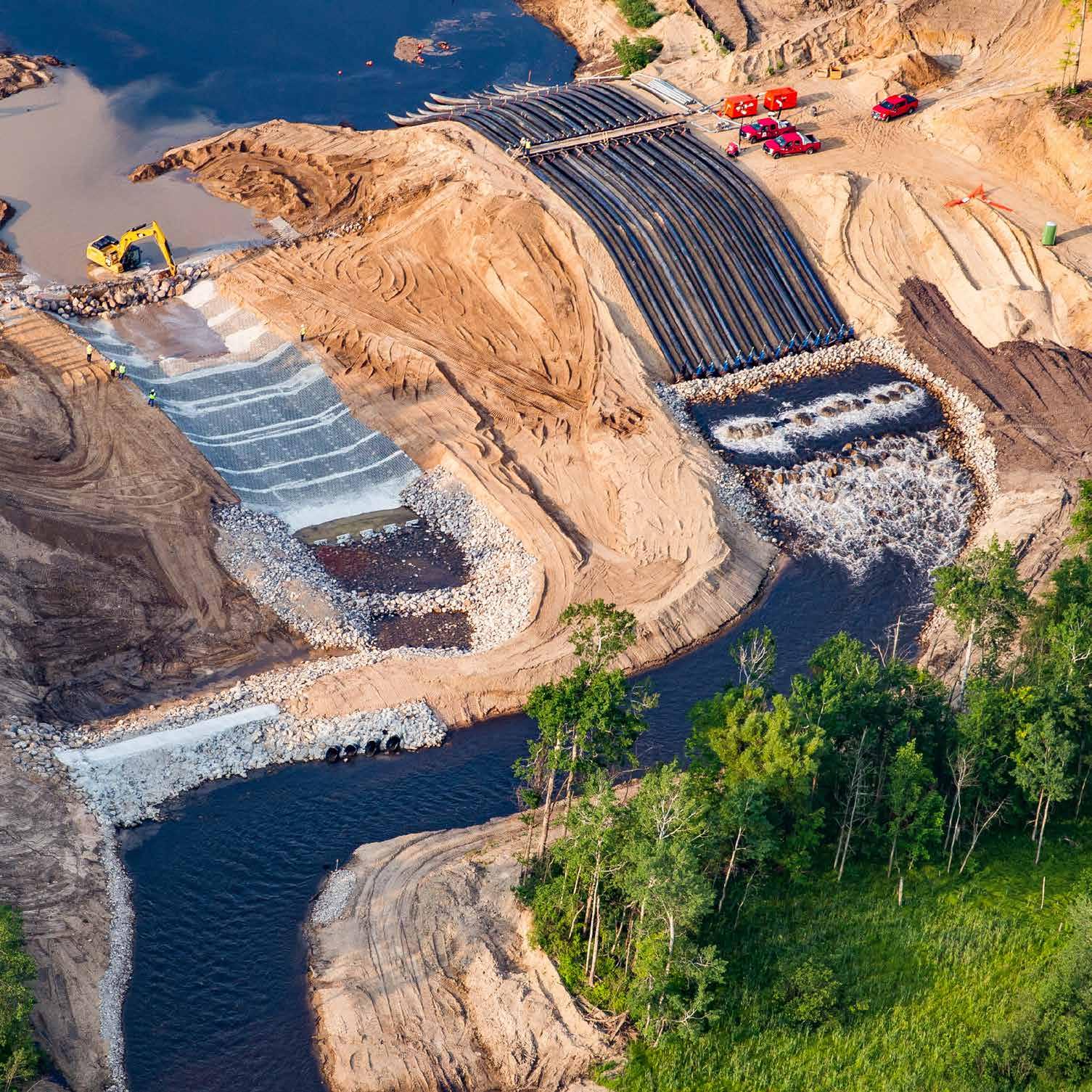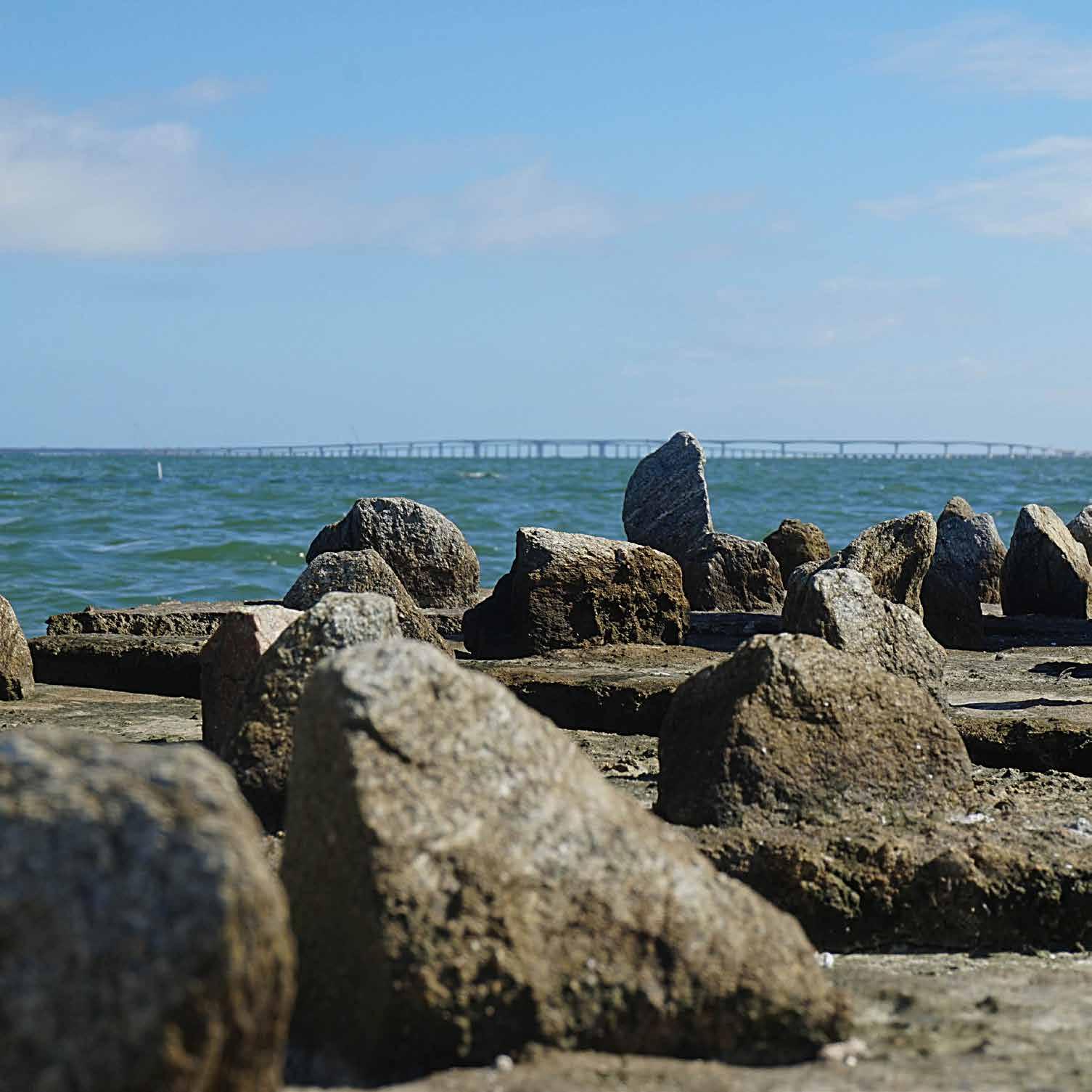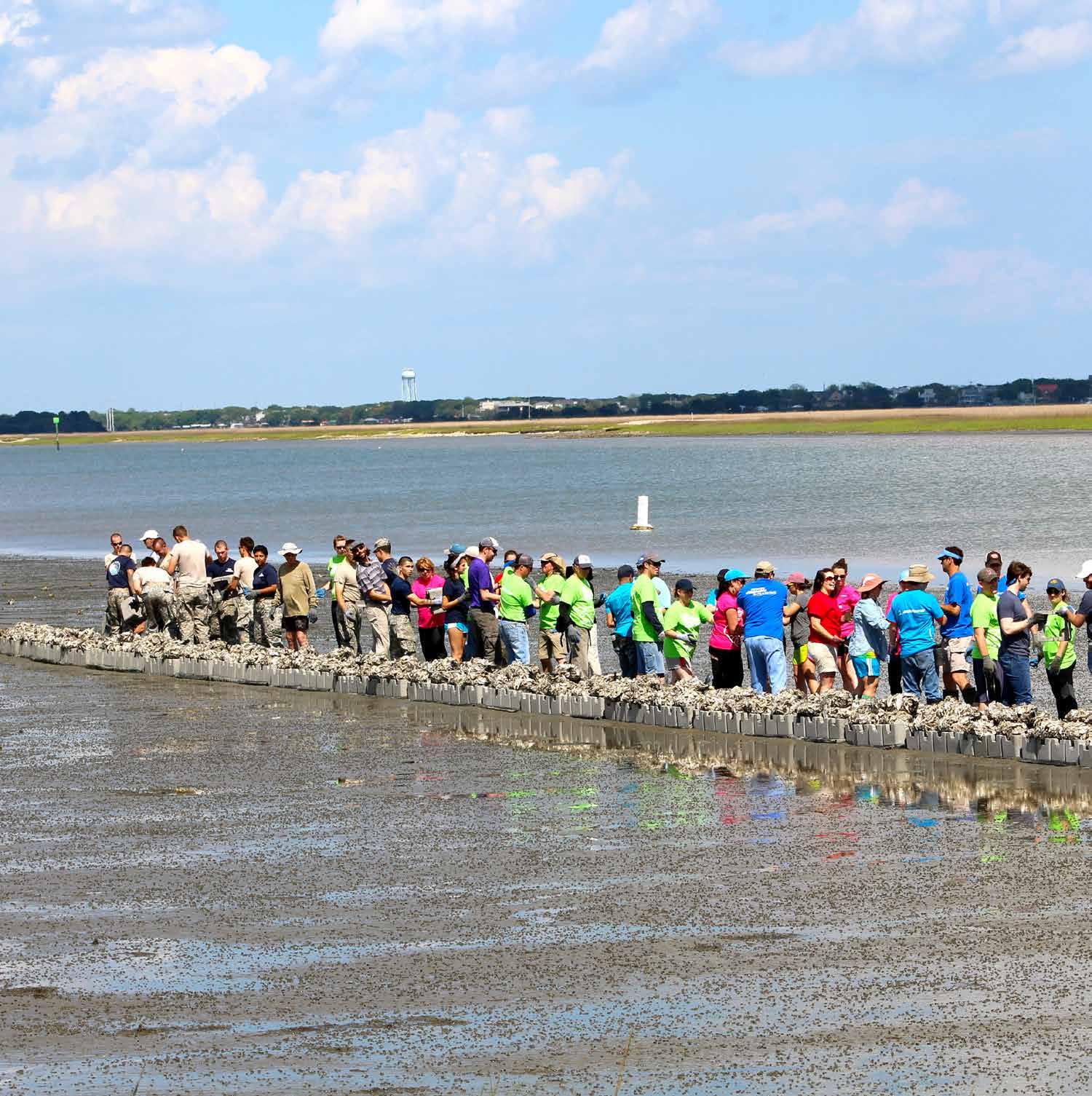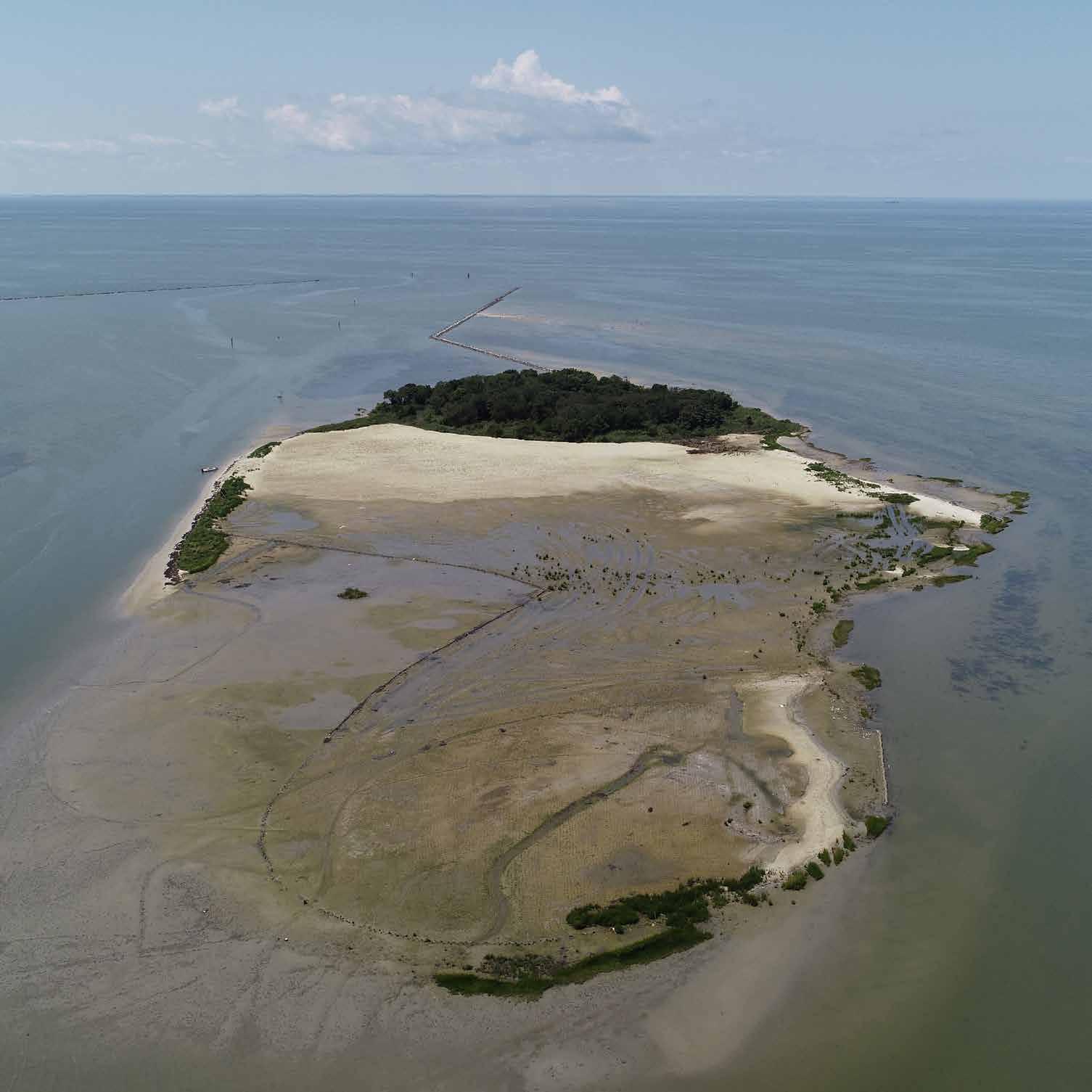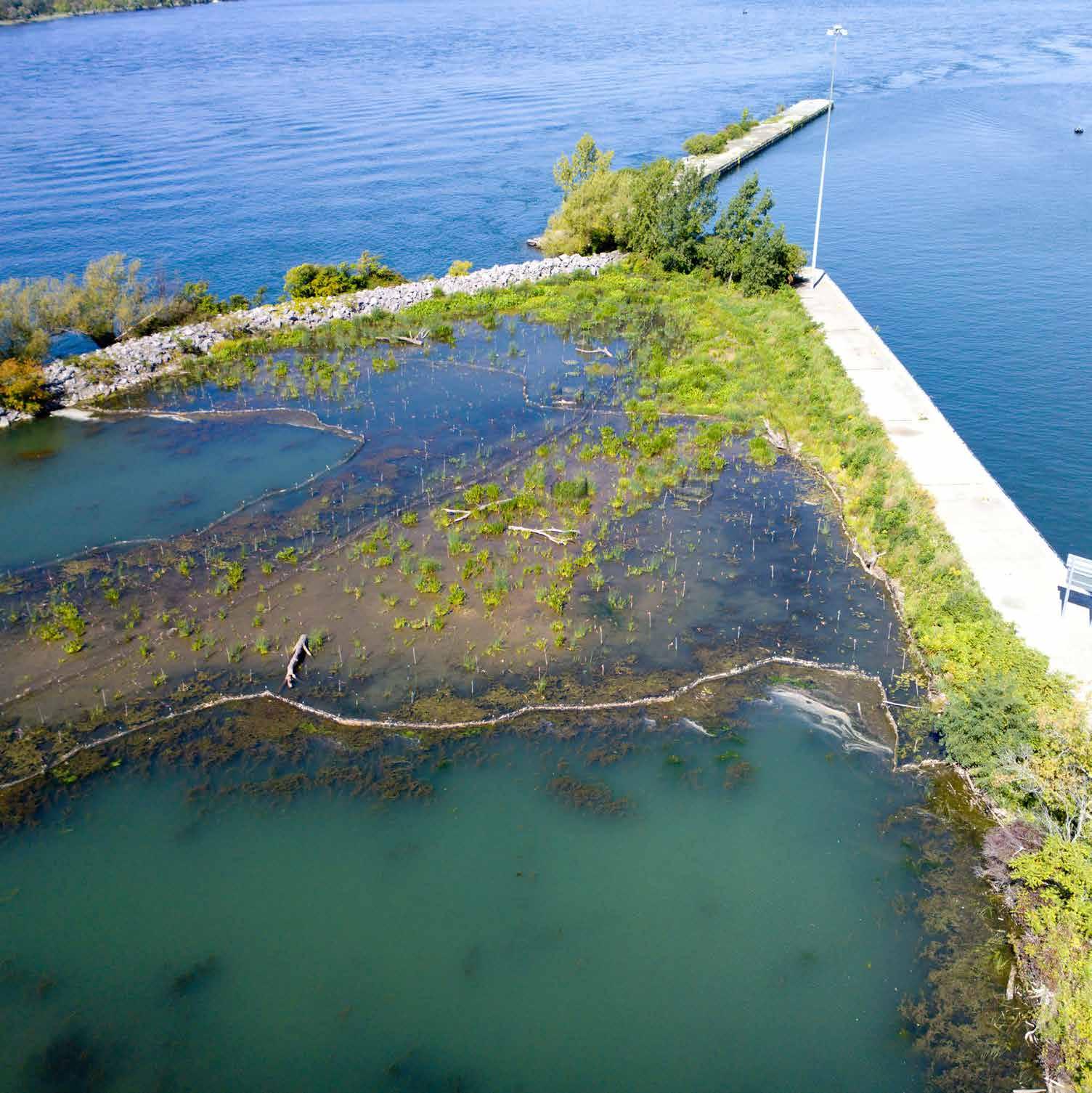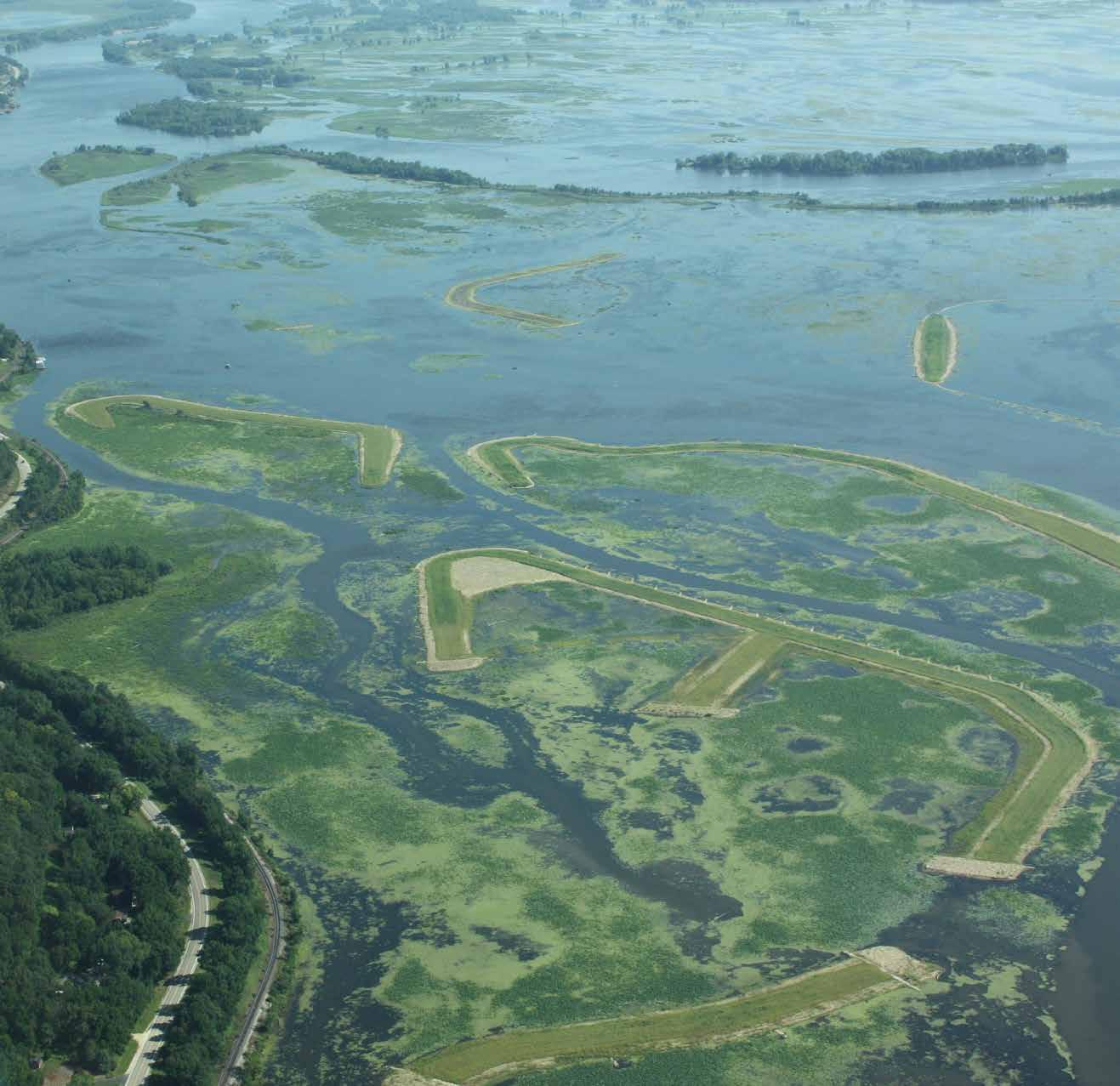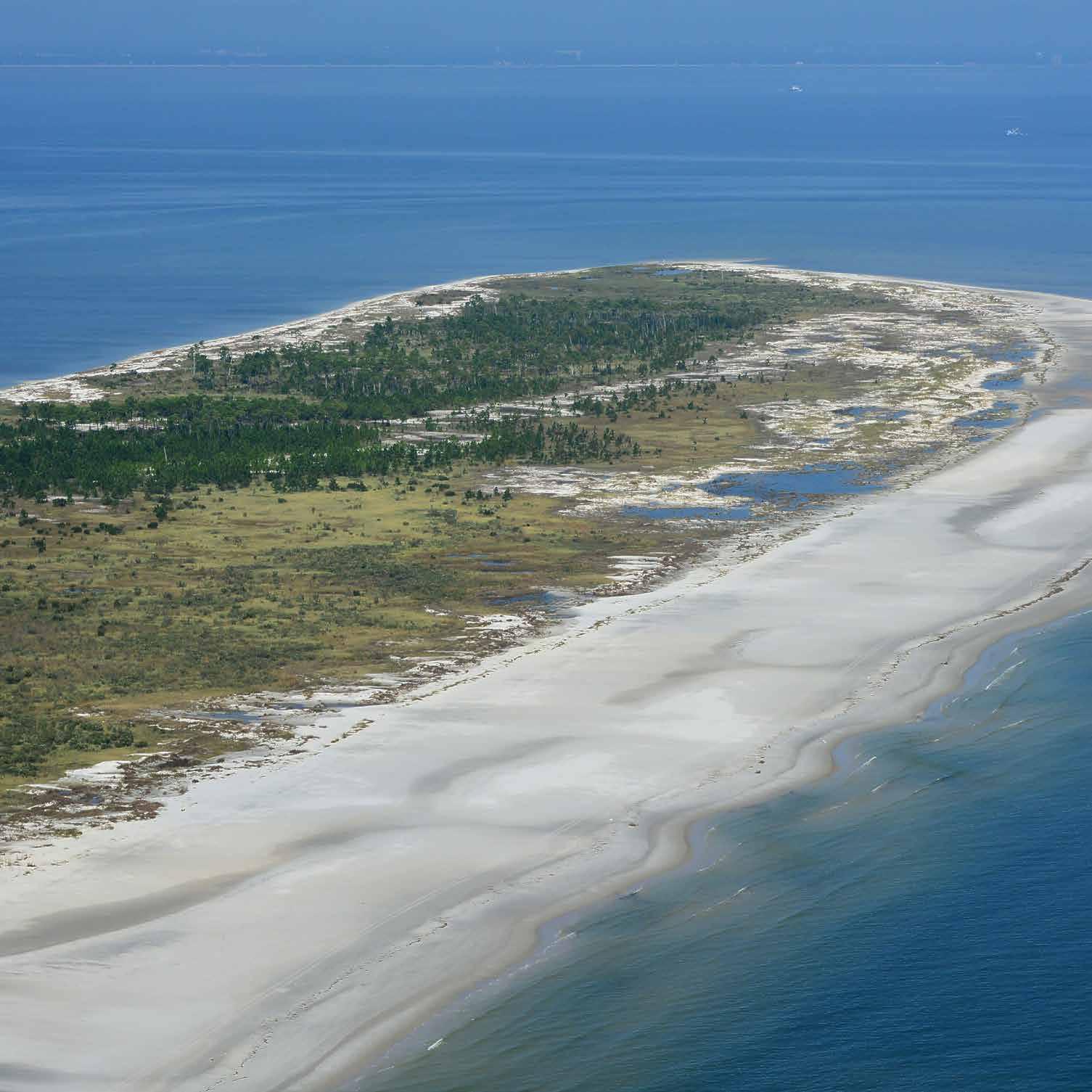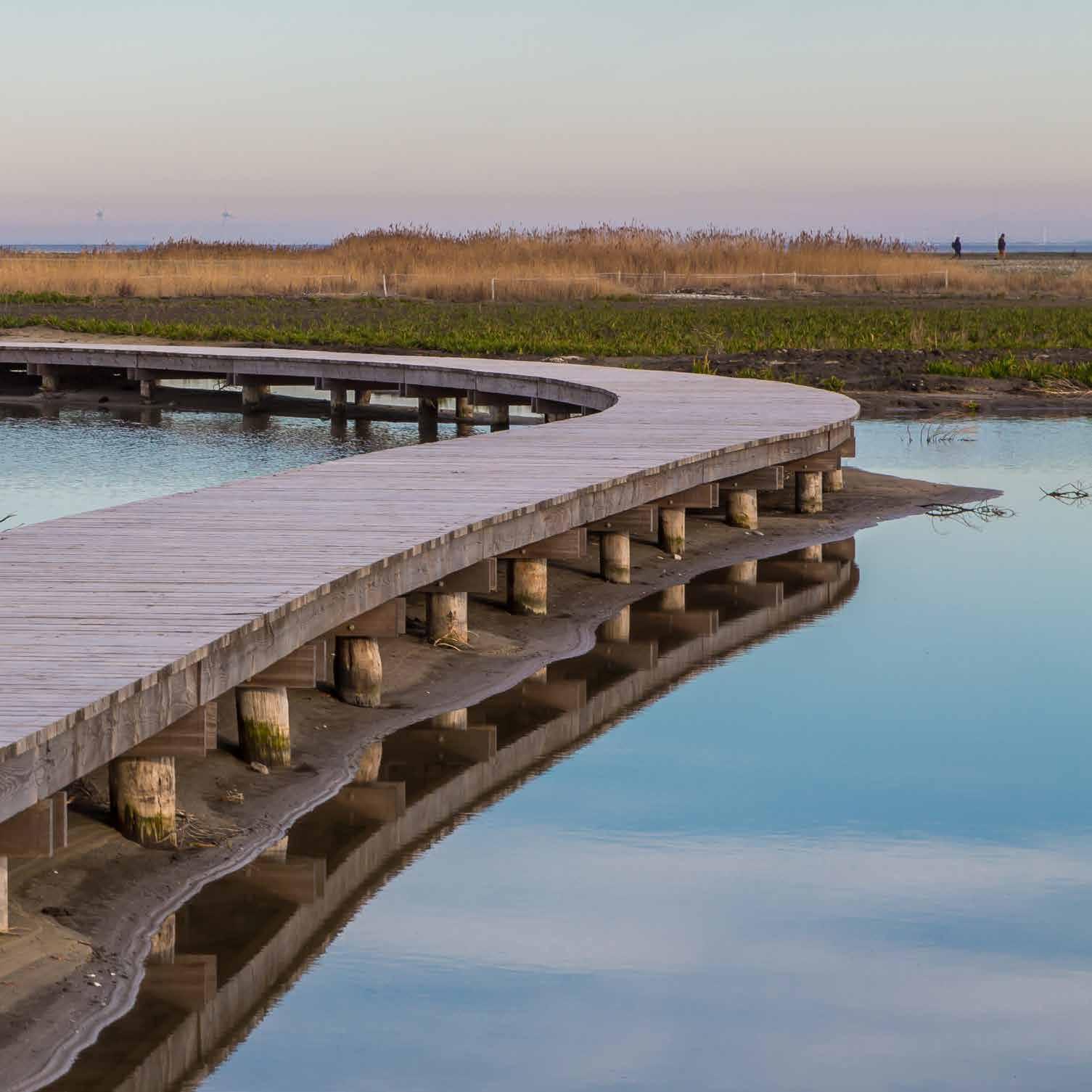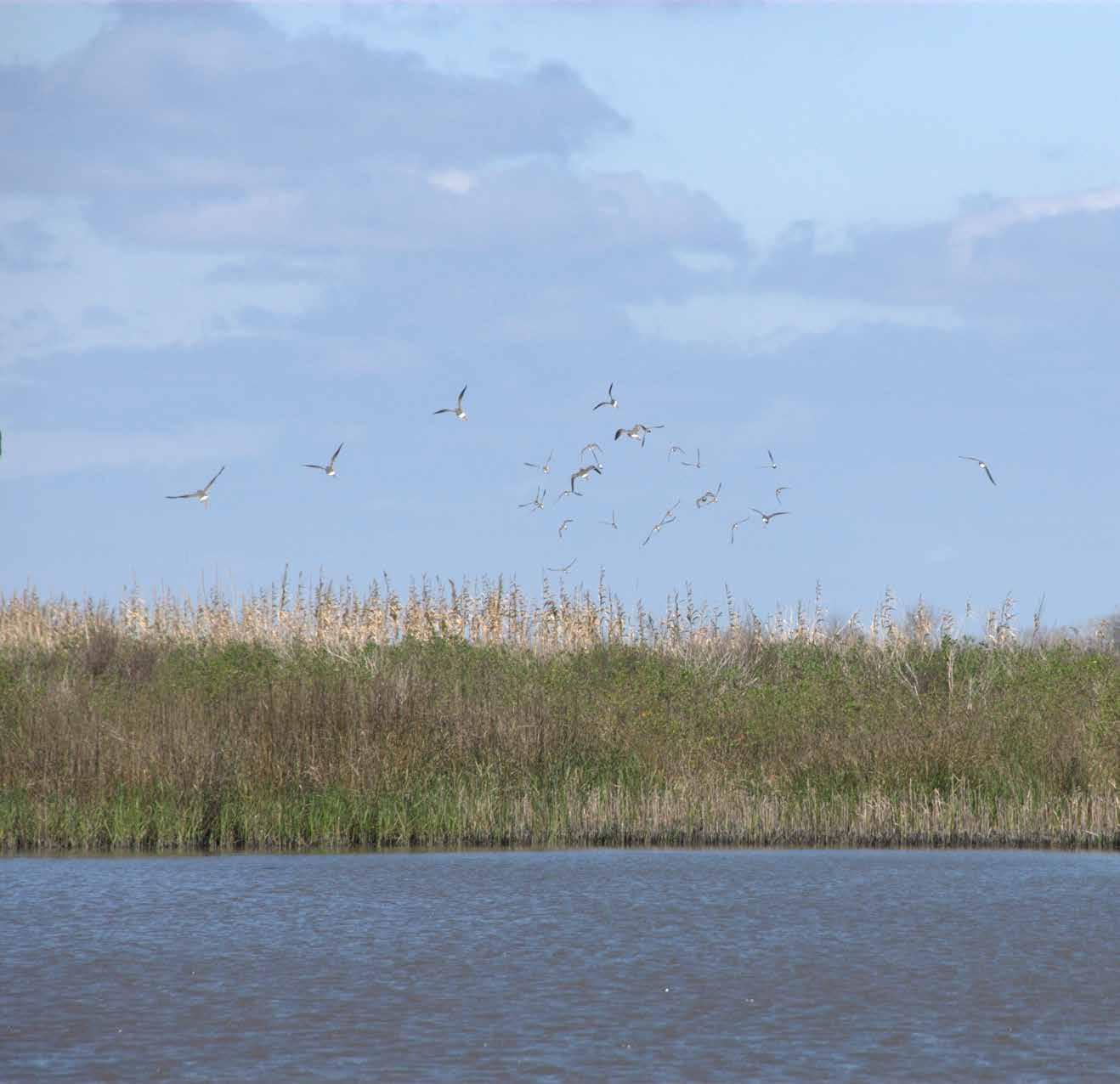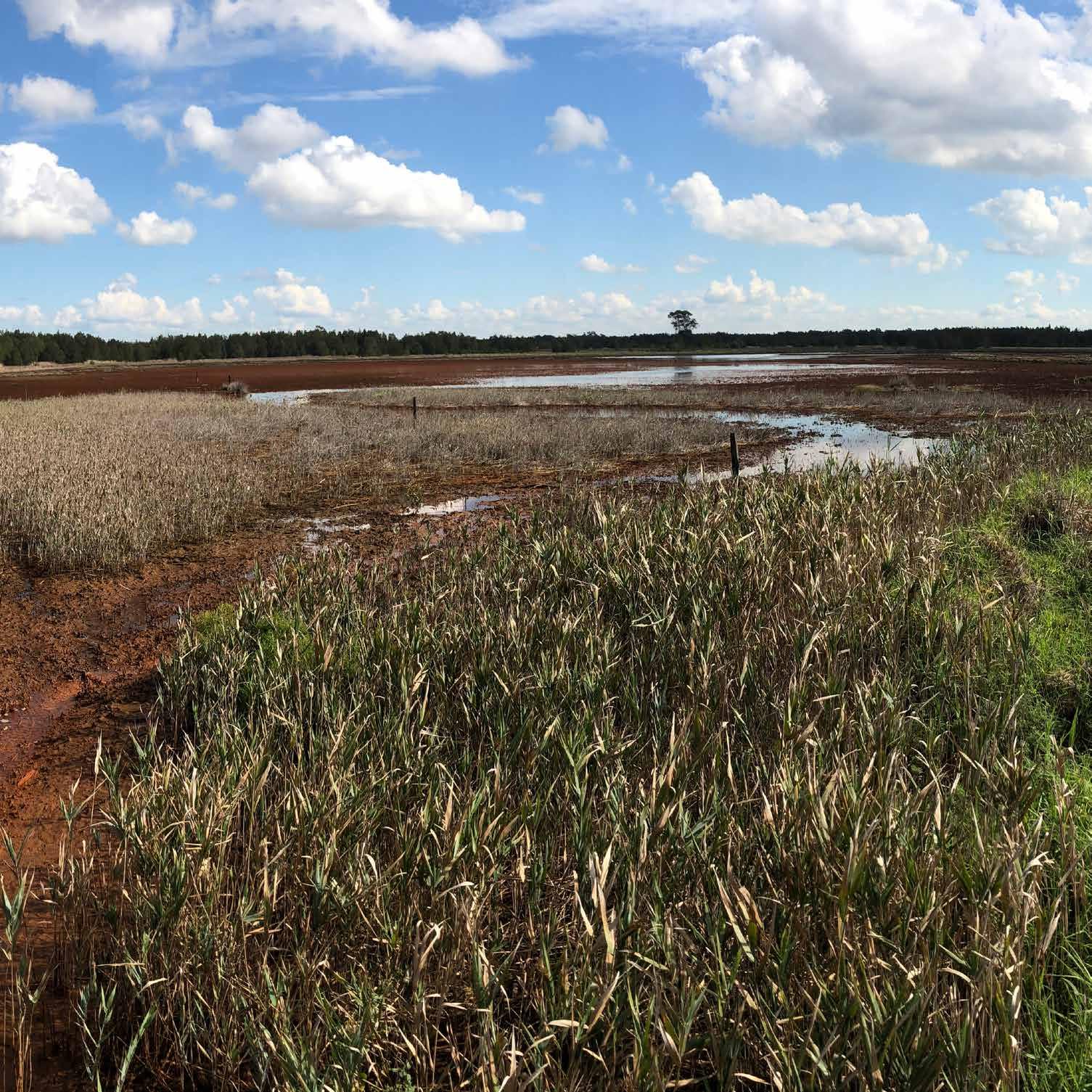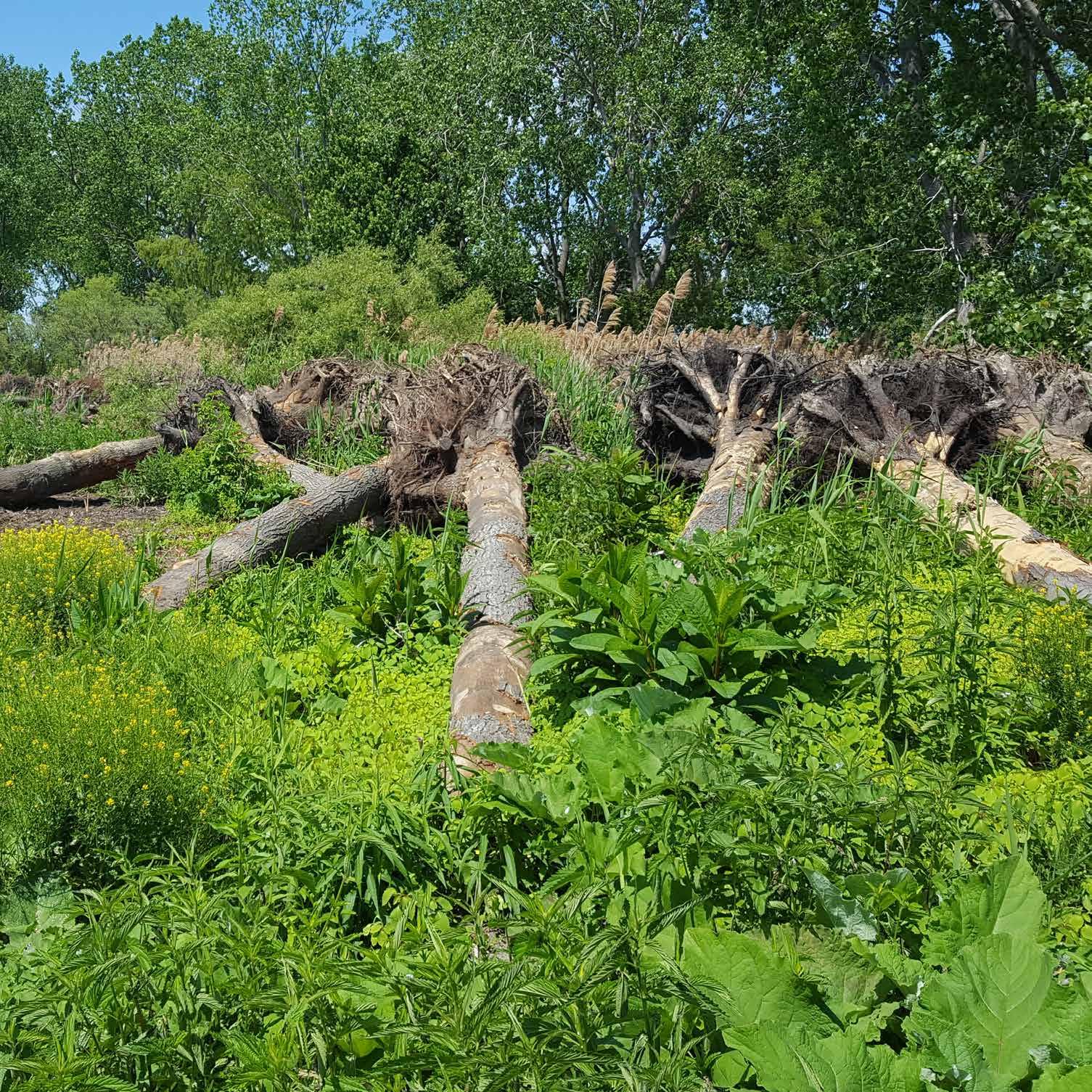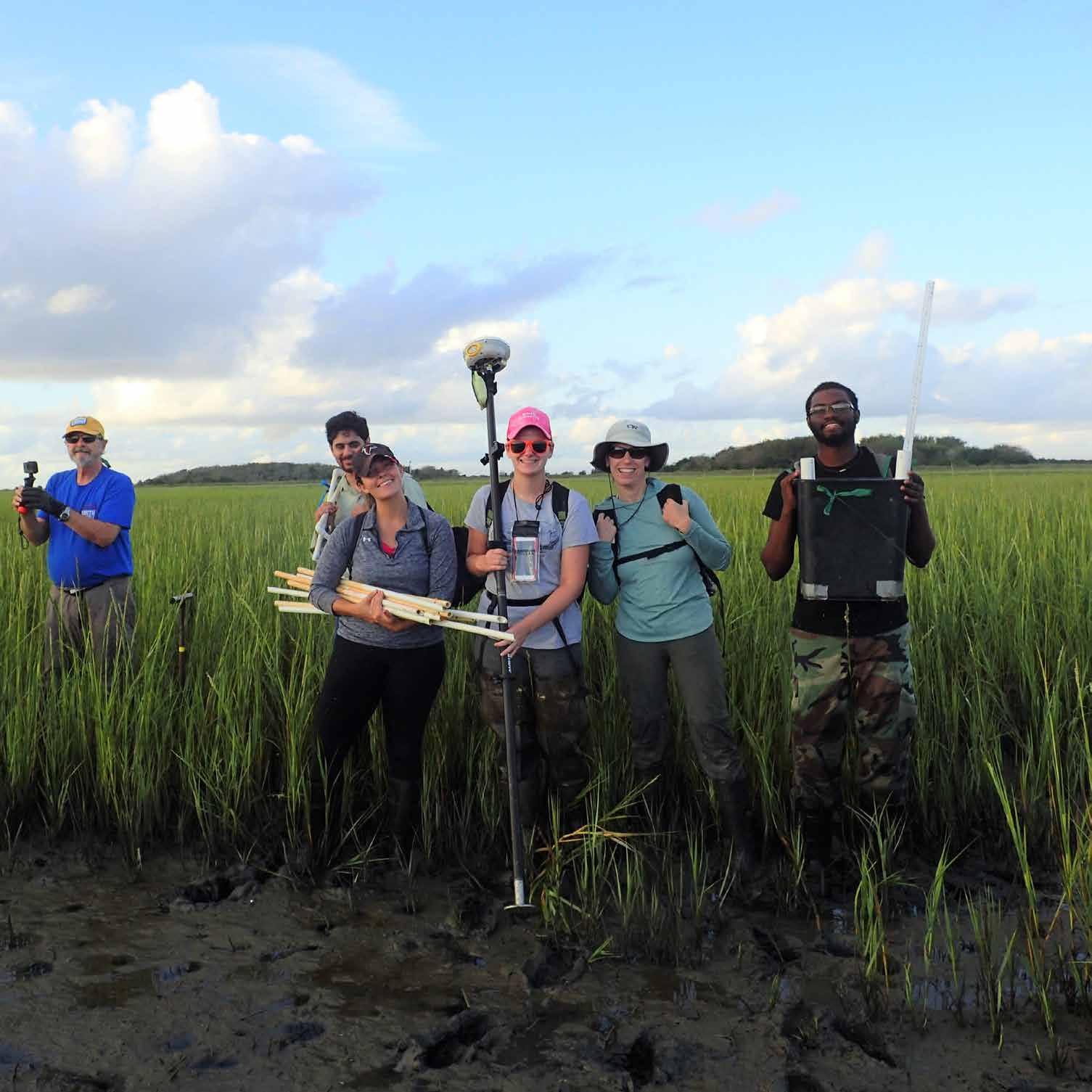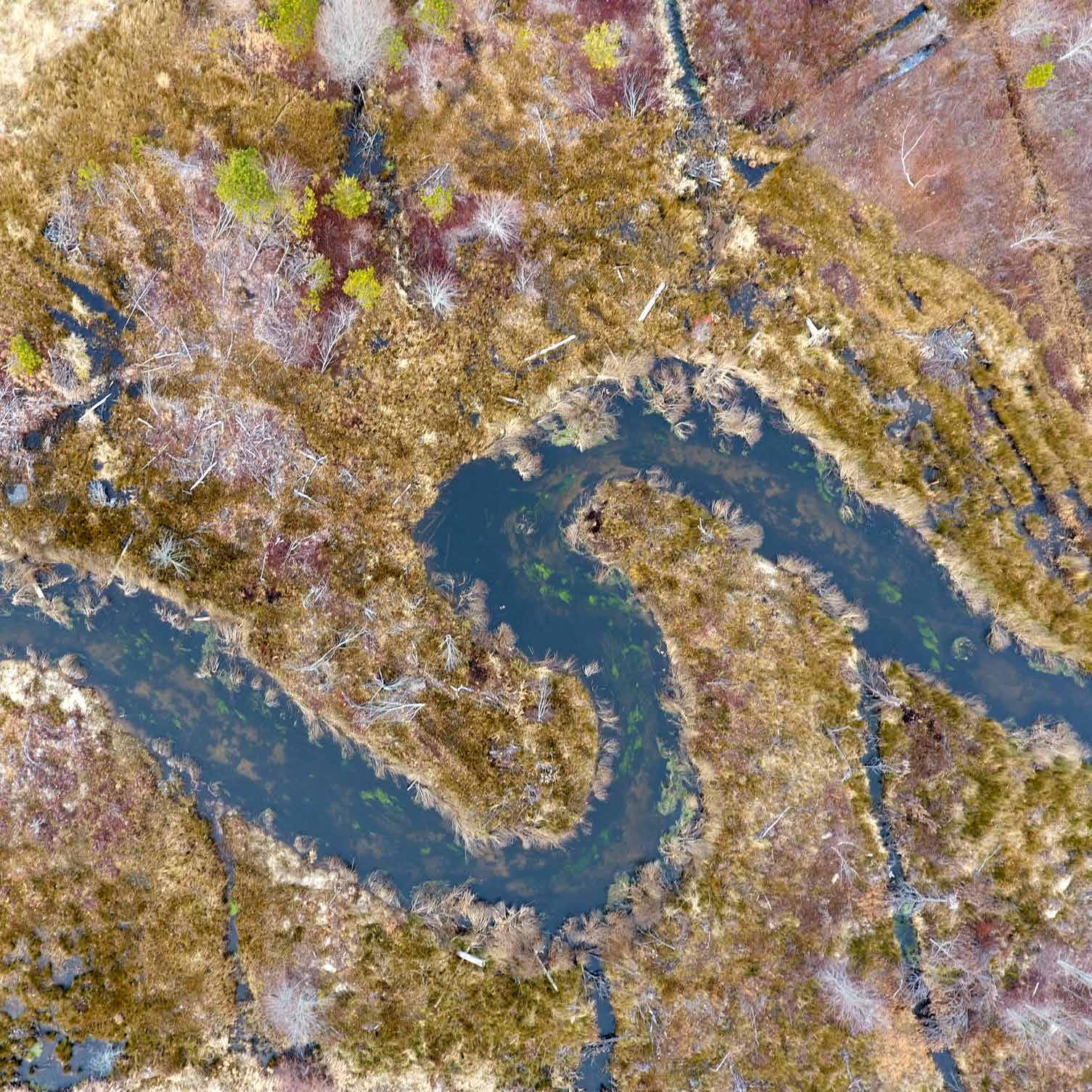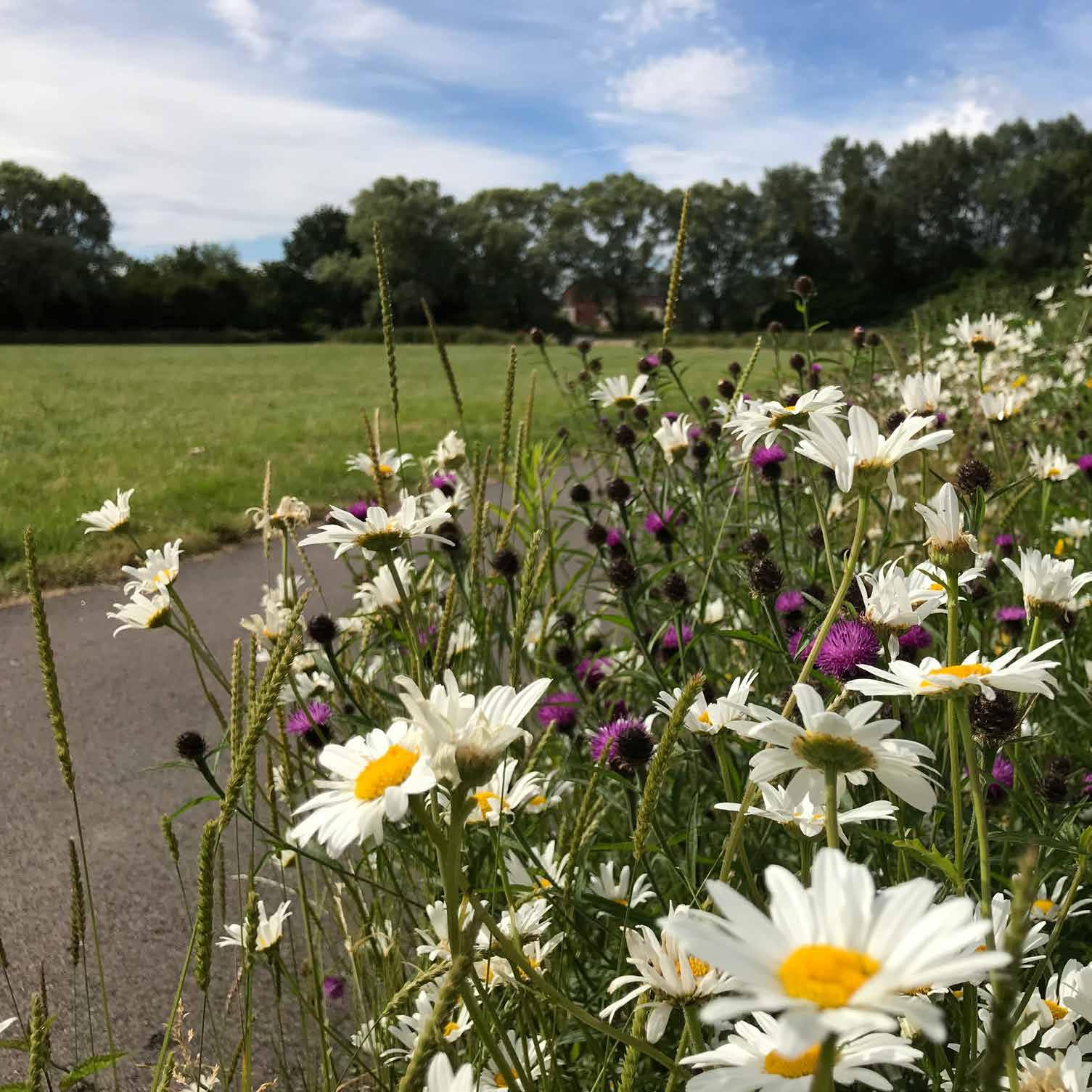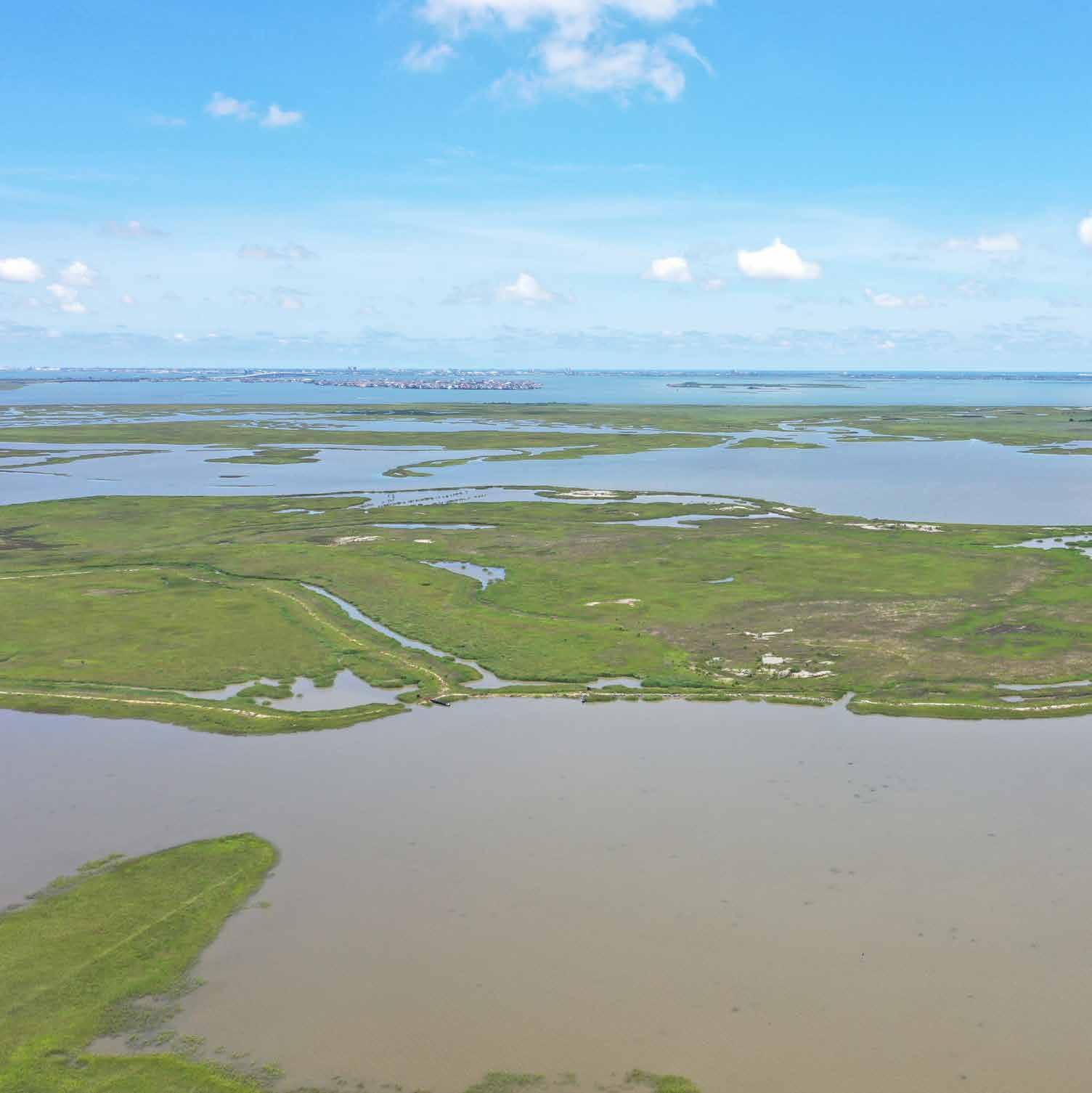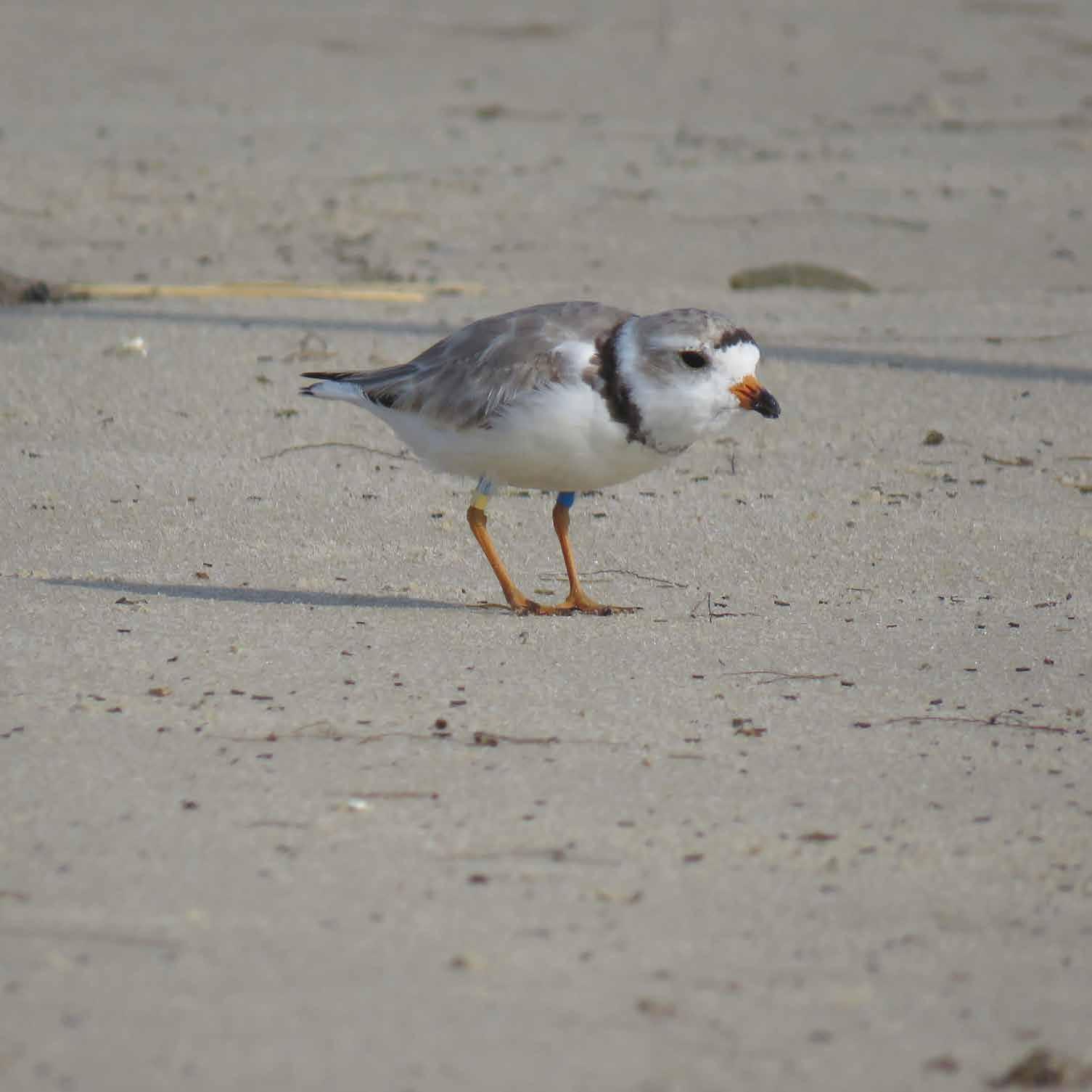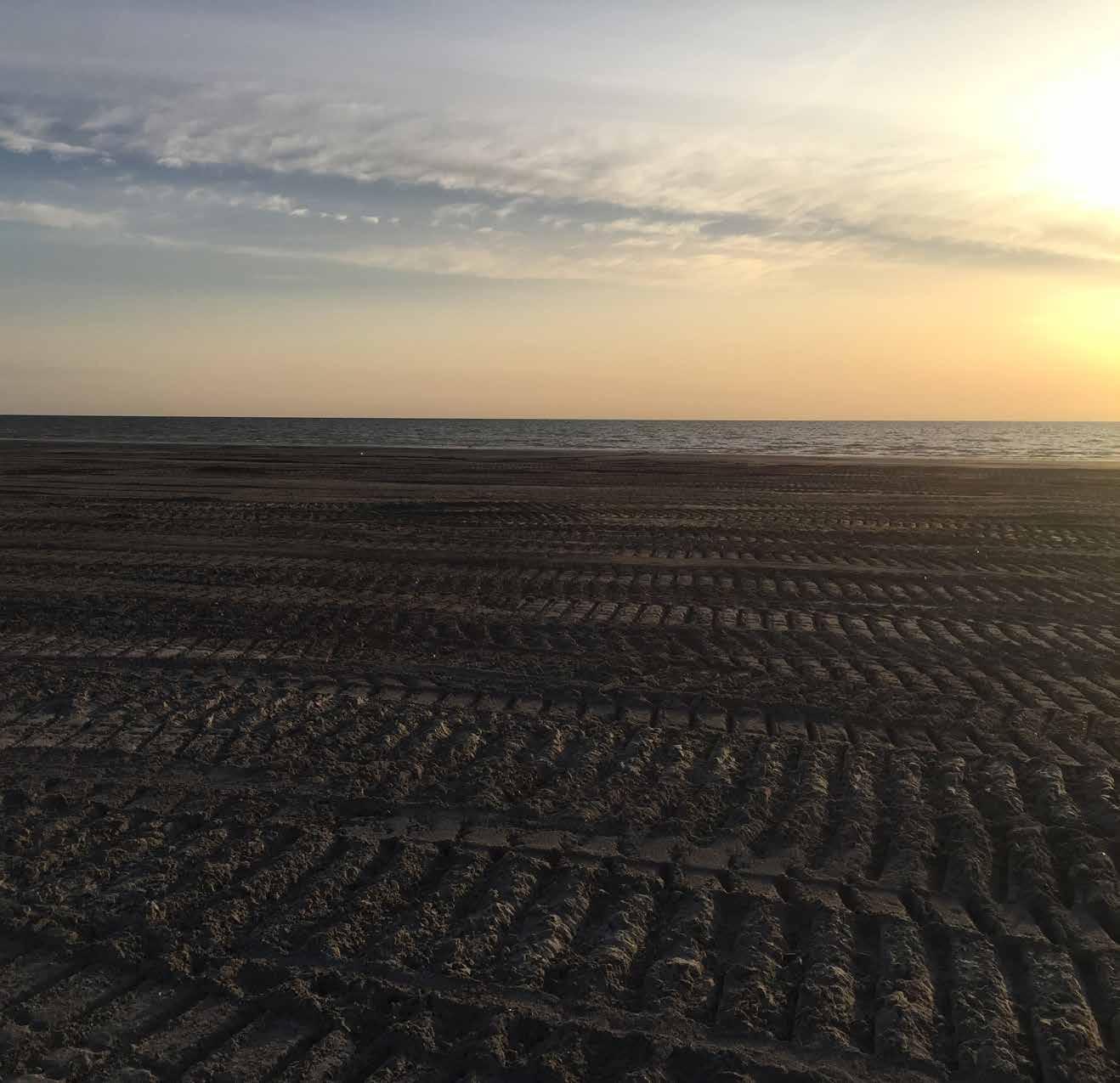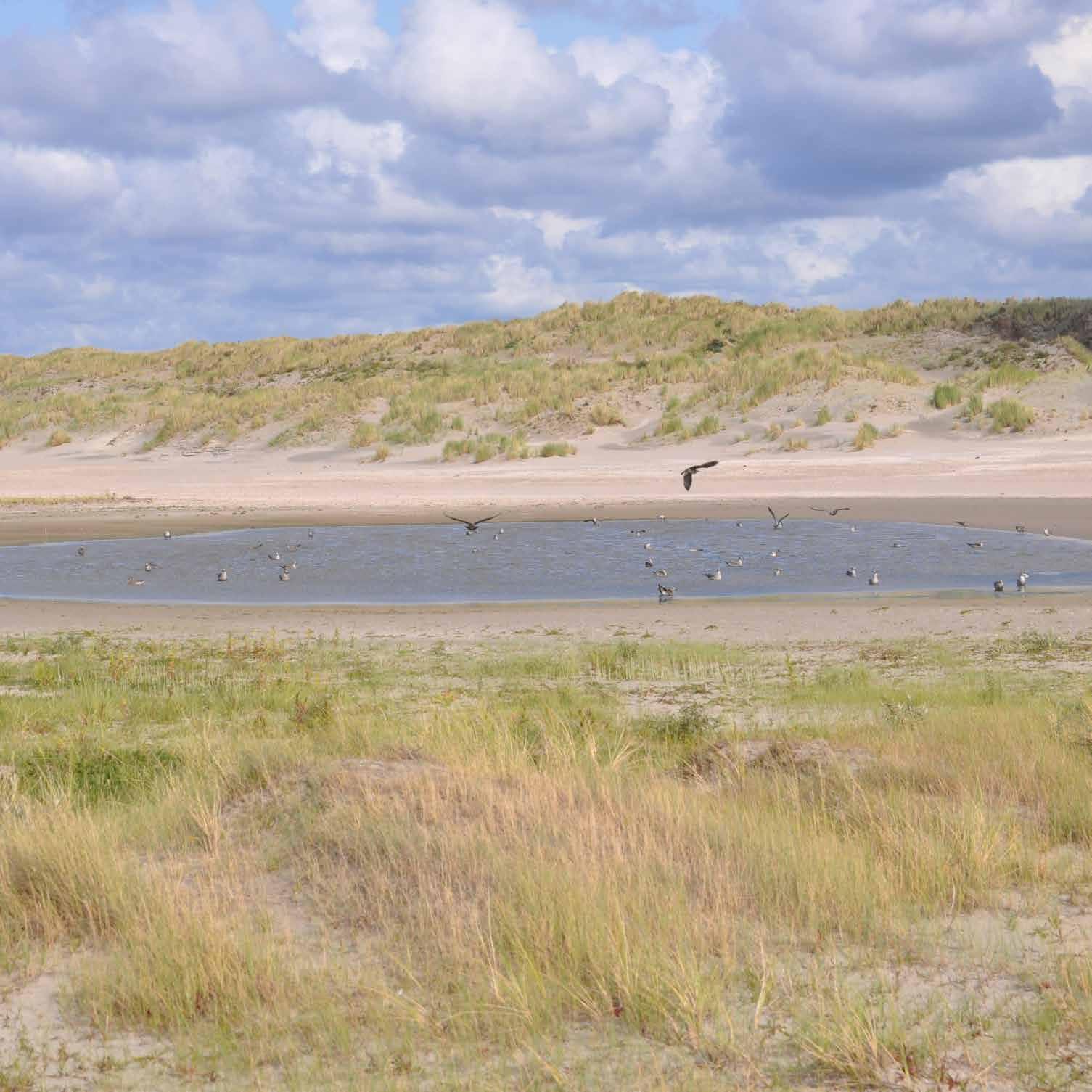Use of Vegetation and Natural Materials
Westmoreland Park Portland, Oregon, United States
Restoring an urban creek in the middle of a highly developed park. A tributary of Johnson Creek, Crystal Springs Creek runs for 3.8 kilometers through Portland and is the coldest salmon-bearing stream in the city. But channelization for agriculture, large in-line ponds for irrigation, and urban development degraded the floodplain into a disconnected watercourse too warm for salmonids. In 2003, the City of Portland worked with the community to develop the Westmoreland Park Master Plan, which called for creating a healthier park environment for people and native wildlife. The project team, including Portland Parks & Recreation, the Portland Bureau of Environmental Services, and the U.S. Army Corps of Engineers, began by restoring 730 meters of Crystal Springs Creek. Completed in 2013, the restoration removed concrete curbing along the creek and pond’s banks, removed the duck pond and replaced it with a wetland, and planted 15,000 native plants to shade the creek and prevent erosion. The project also added logs, pools, and riffles in the creek channel and more than 760 meters of new boardwalks and paths, two new overlooks and a water access ramp, and a number of benches, picnic tables, and additional lighting. Now Crystal Springs is a designated salmon sanctuary—a first for Portland—and a gorgeous natural space for the local community.
244














